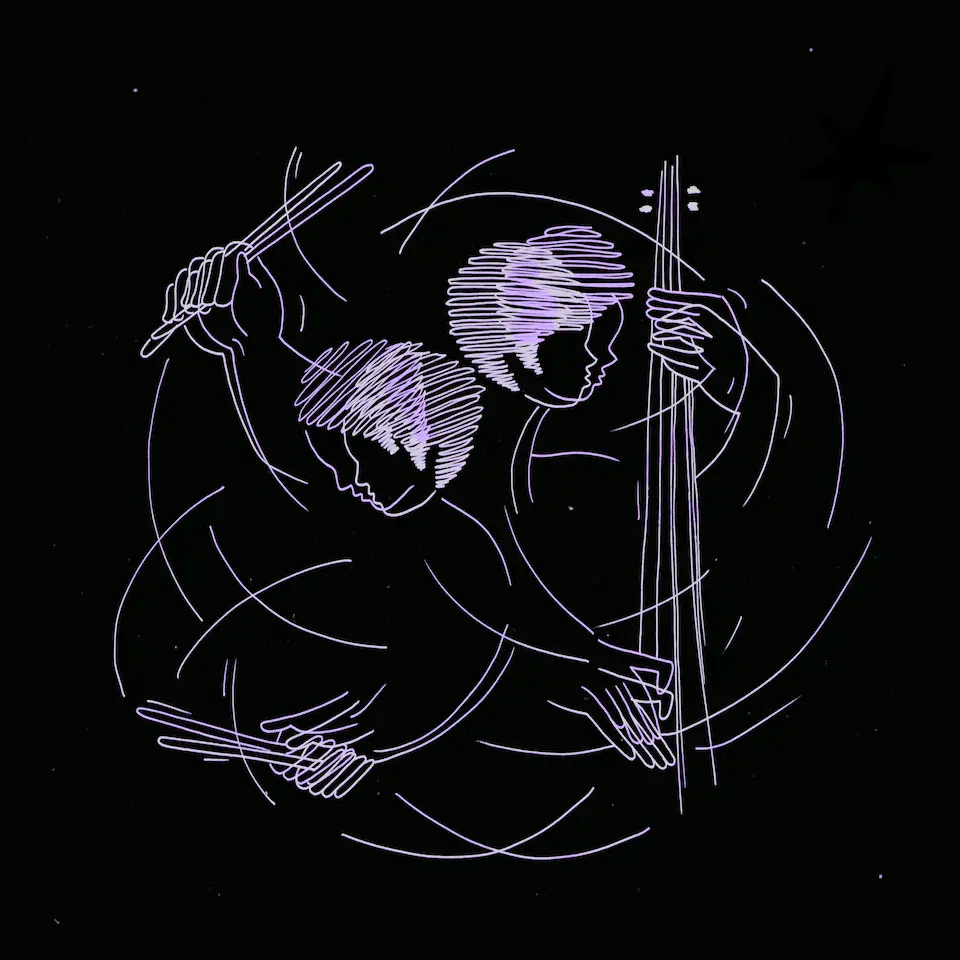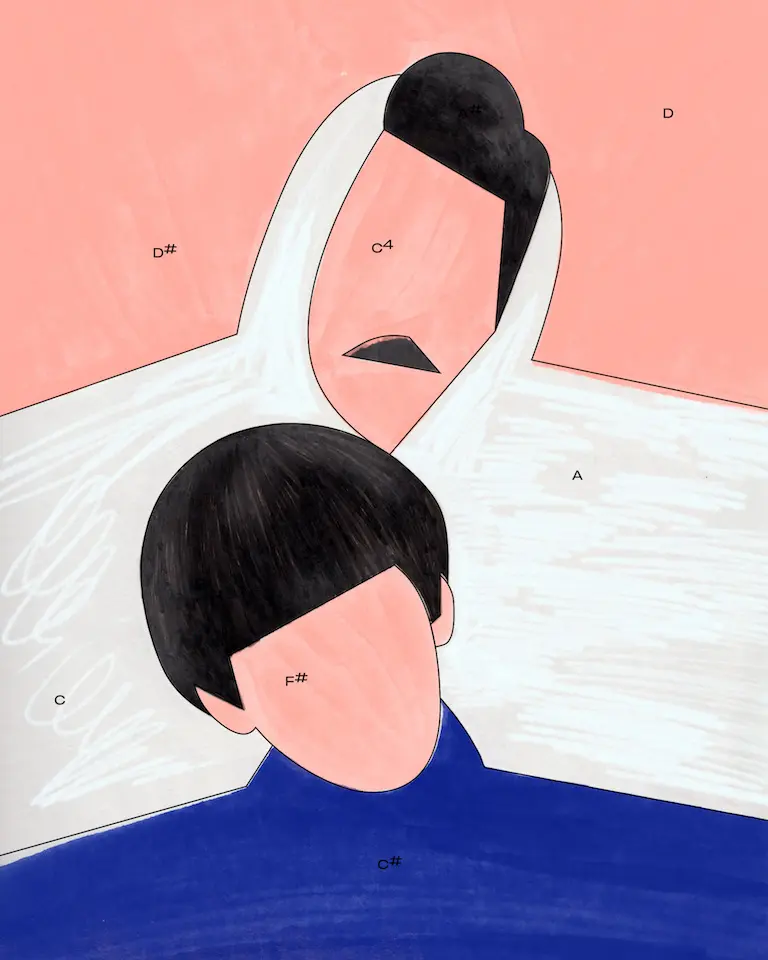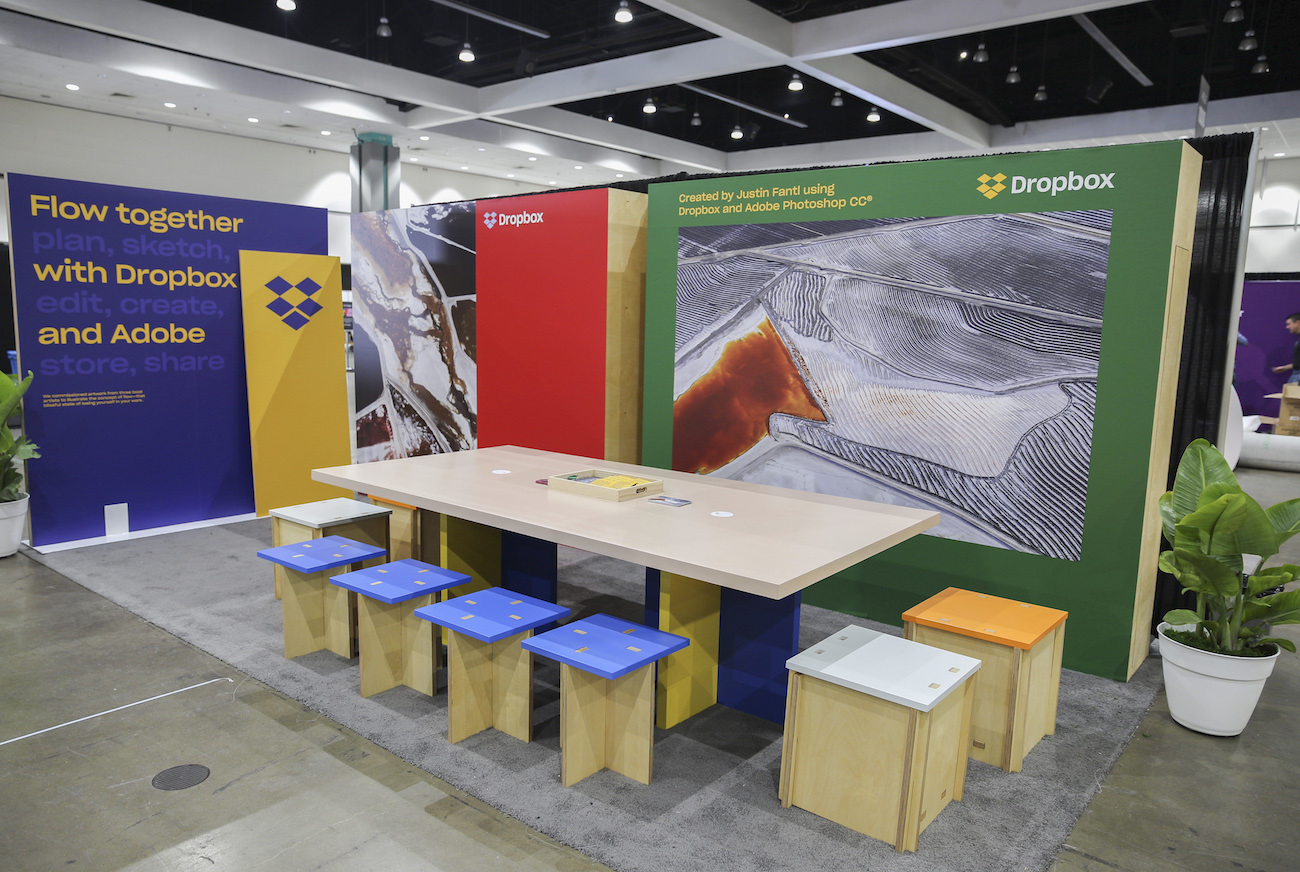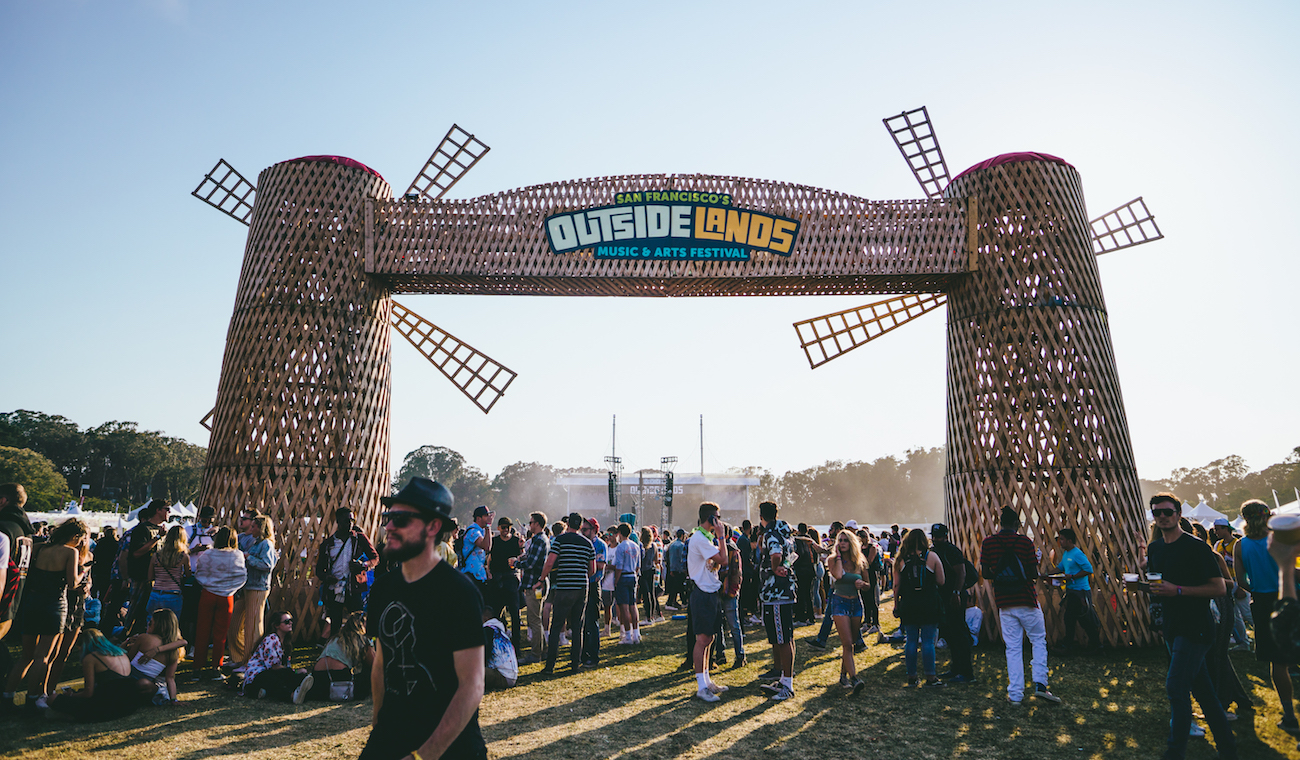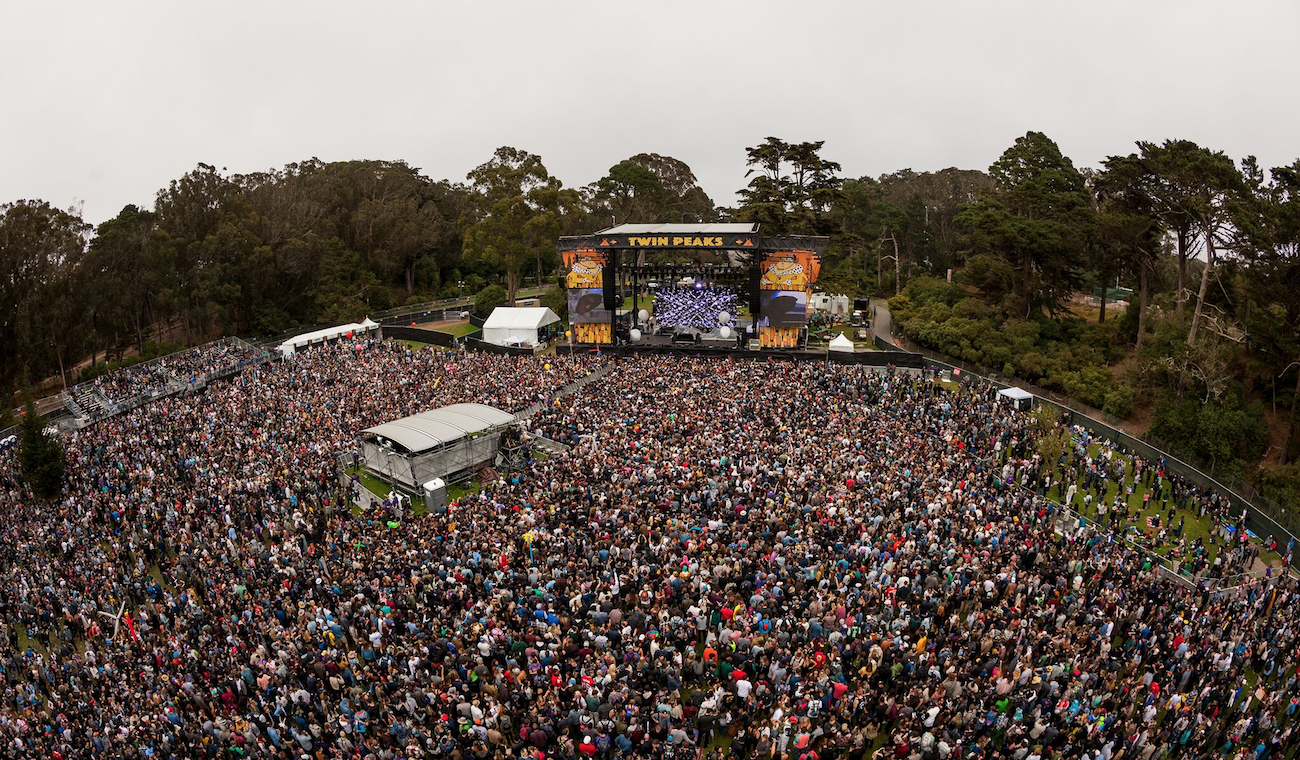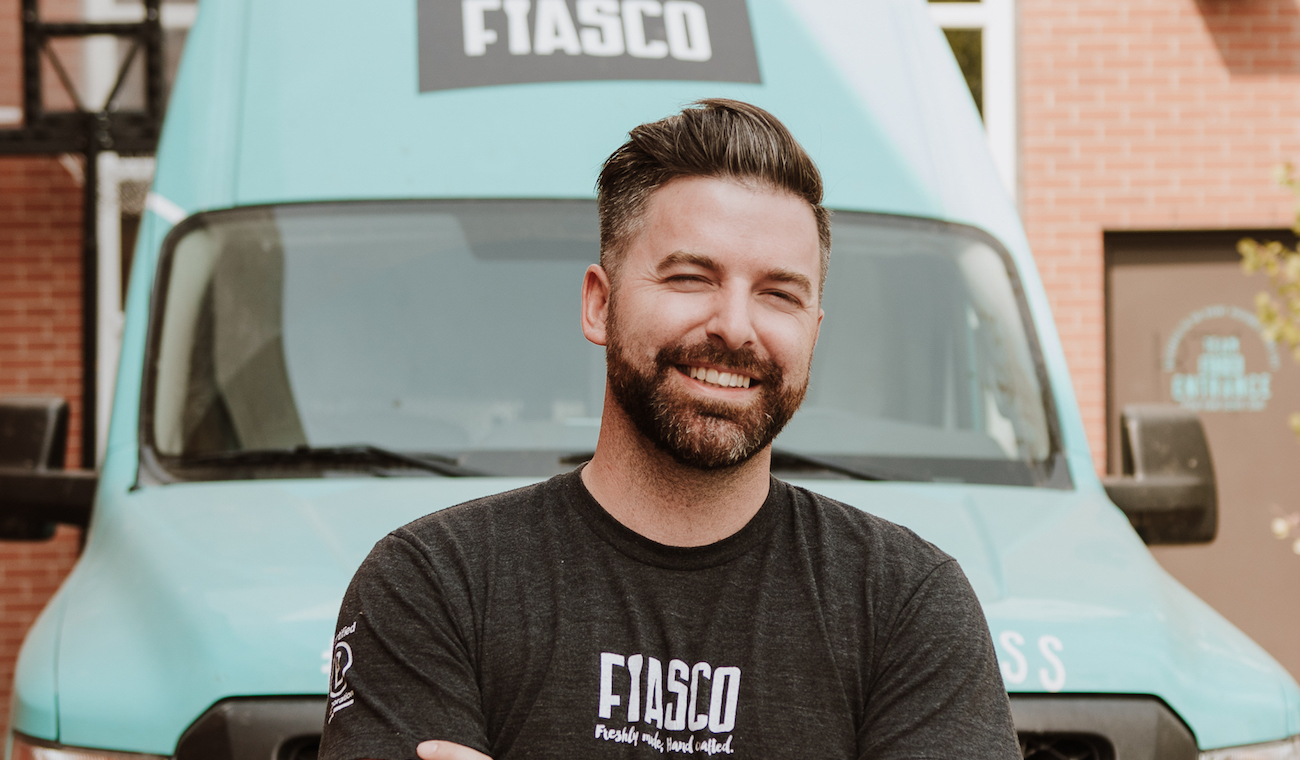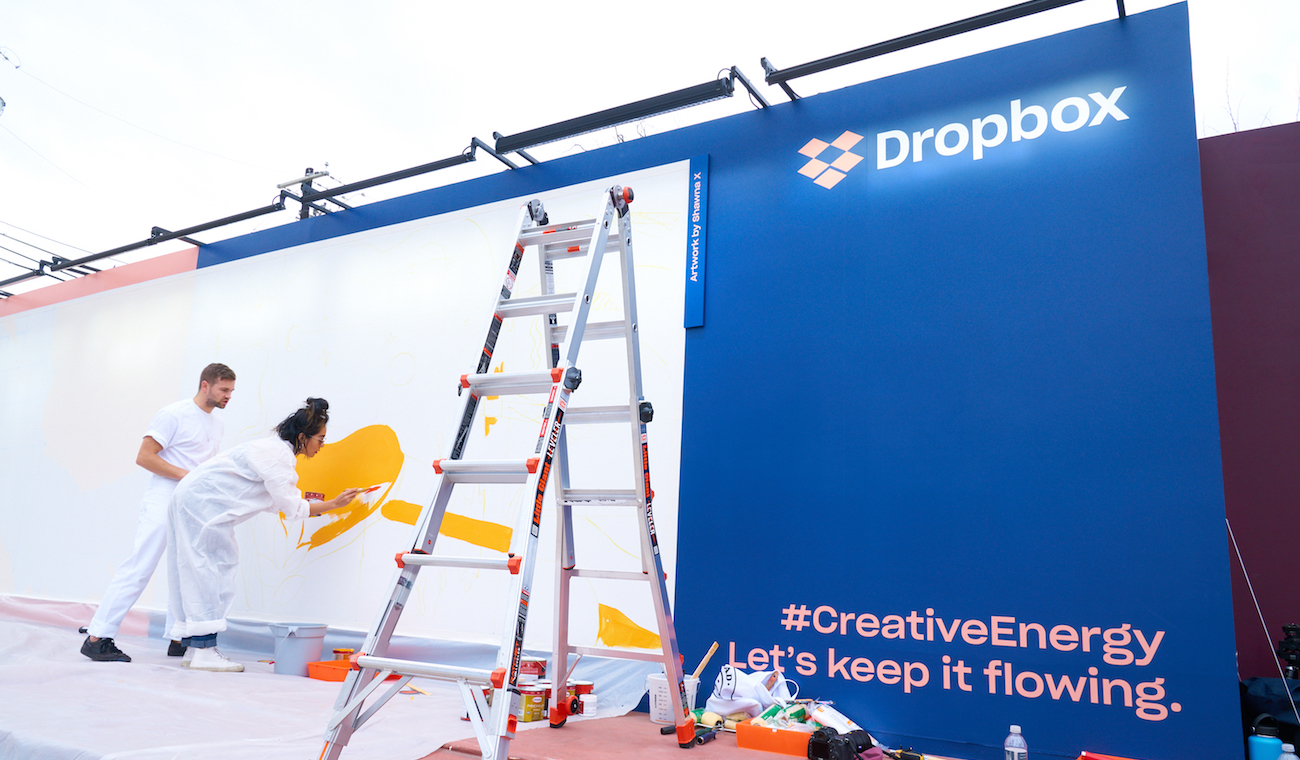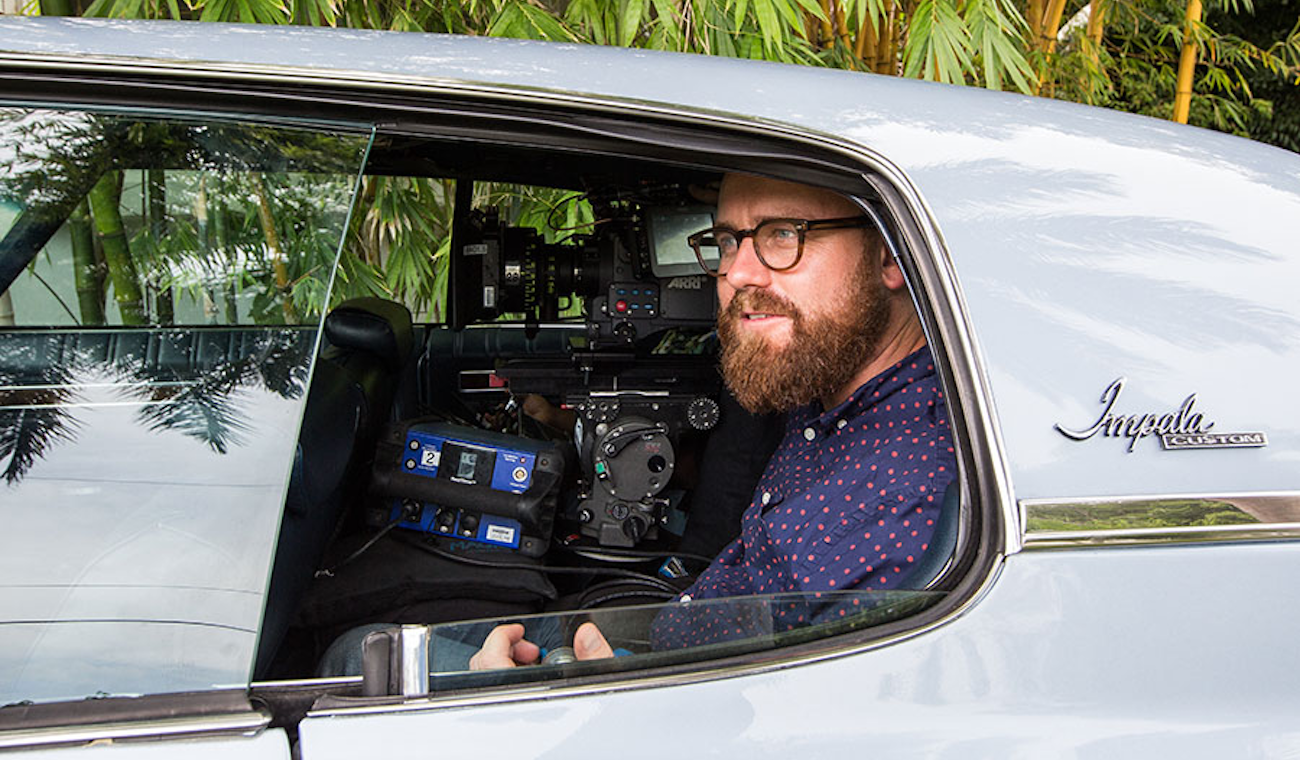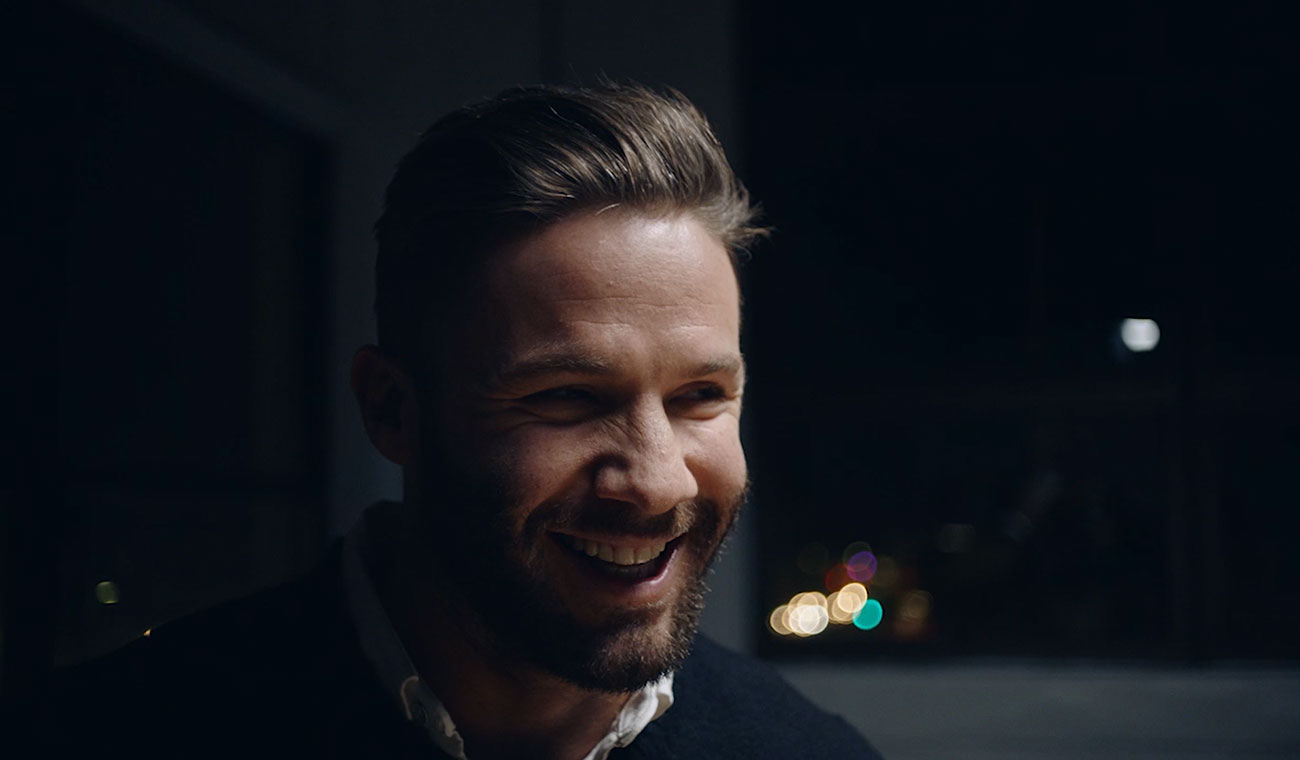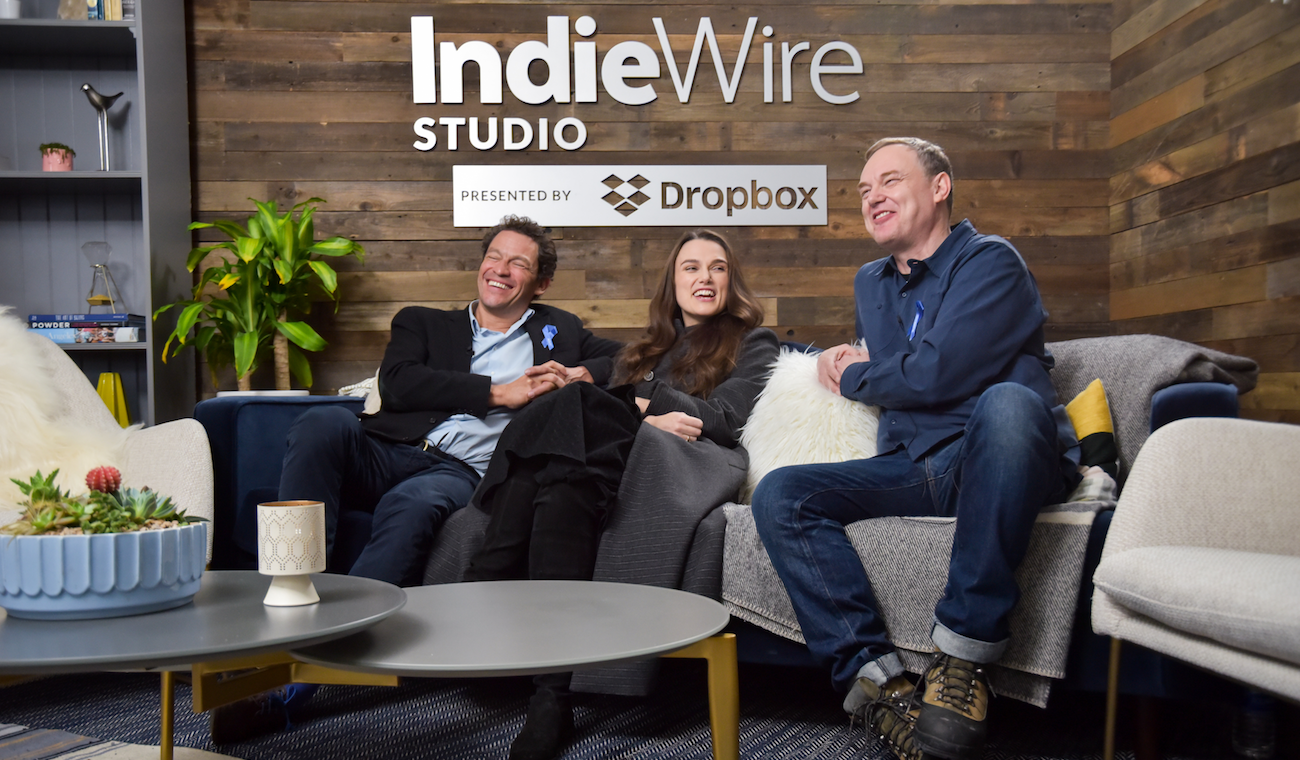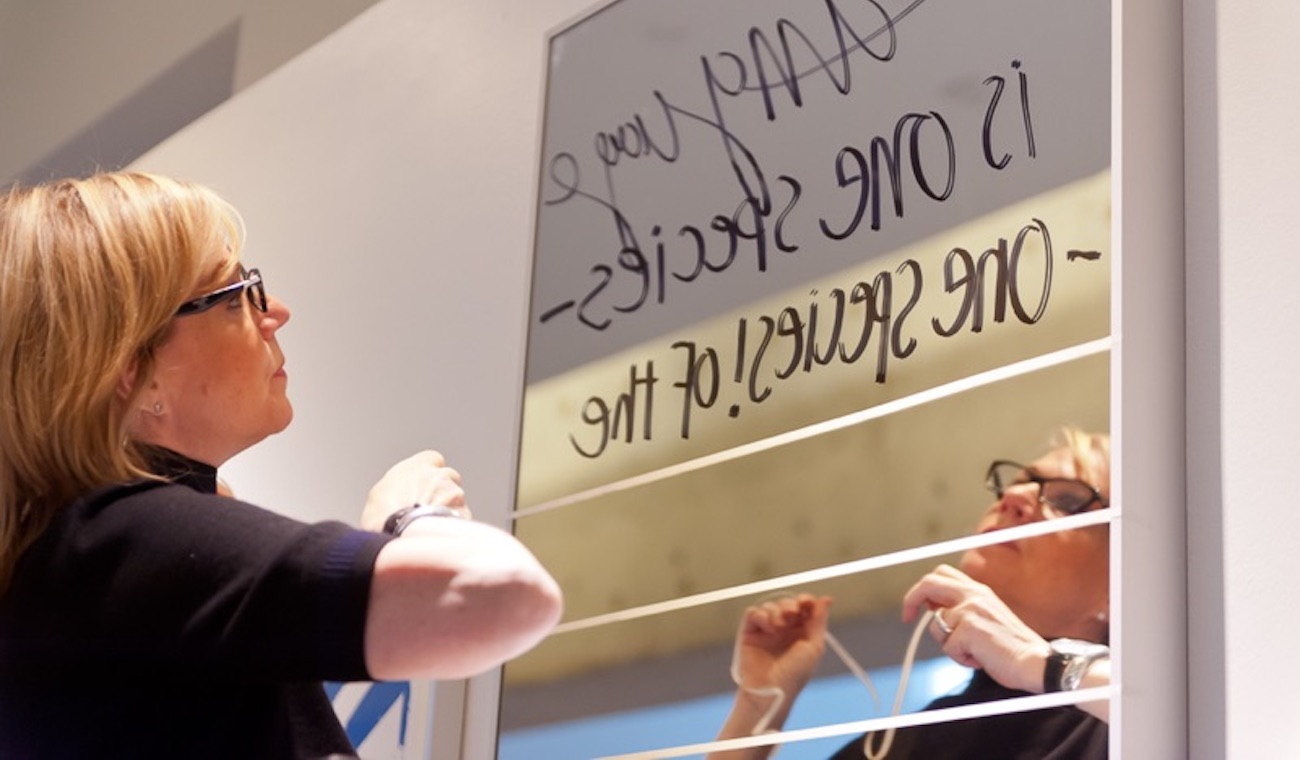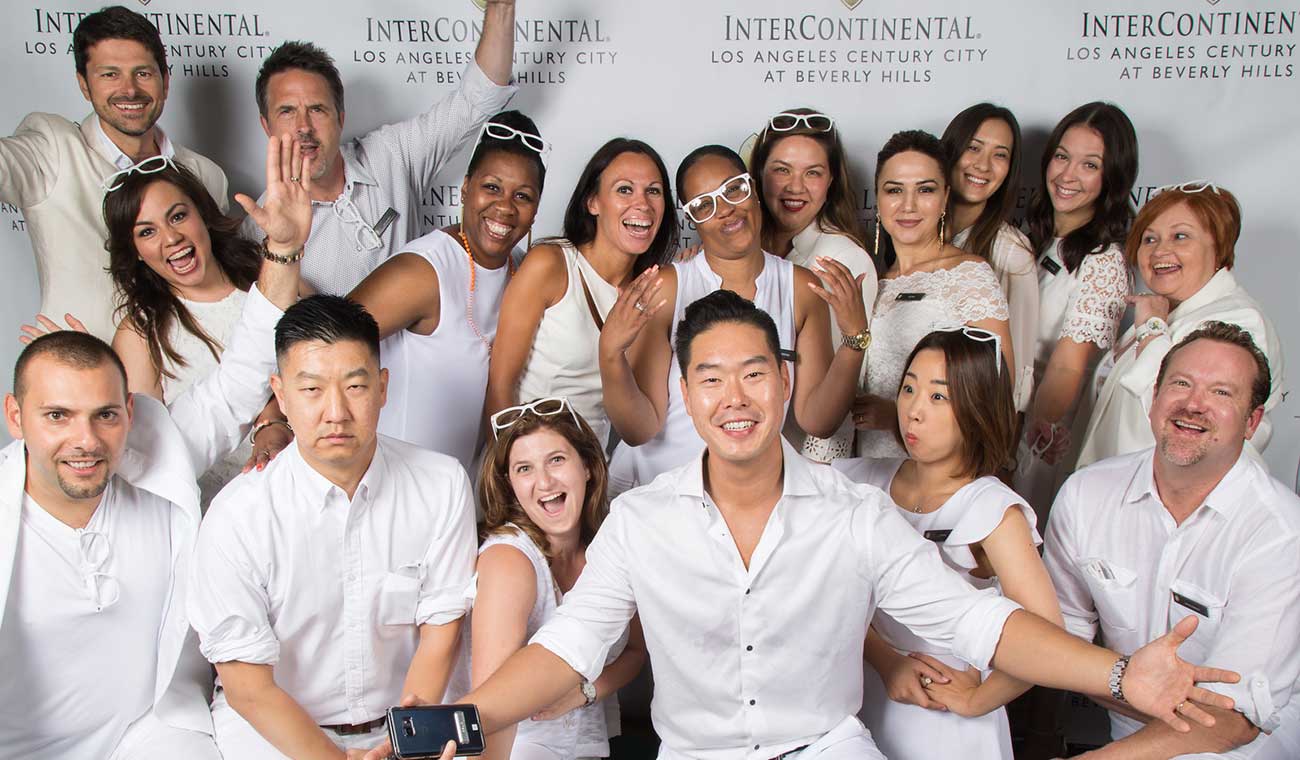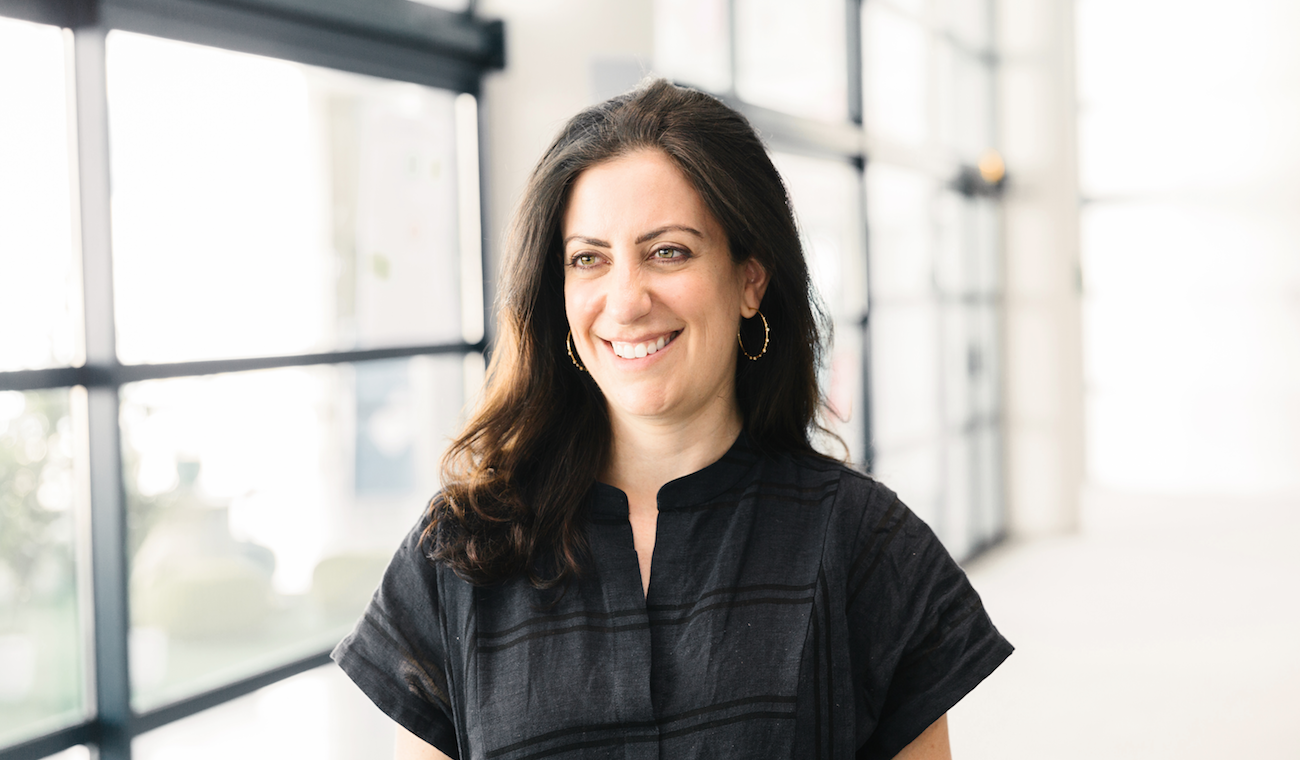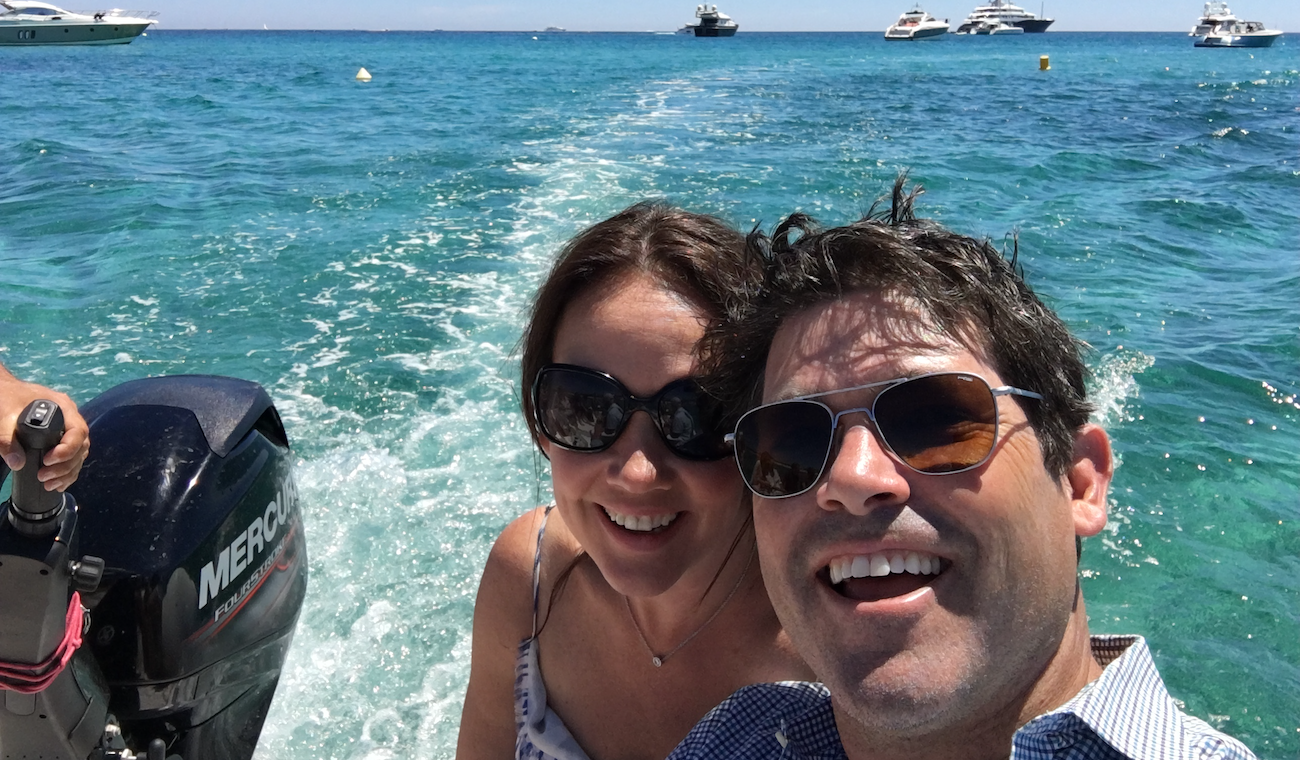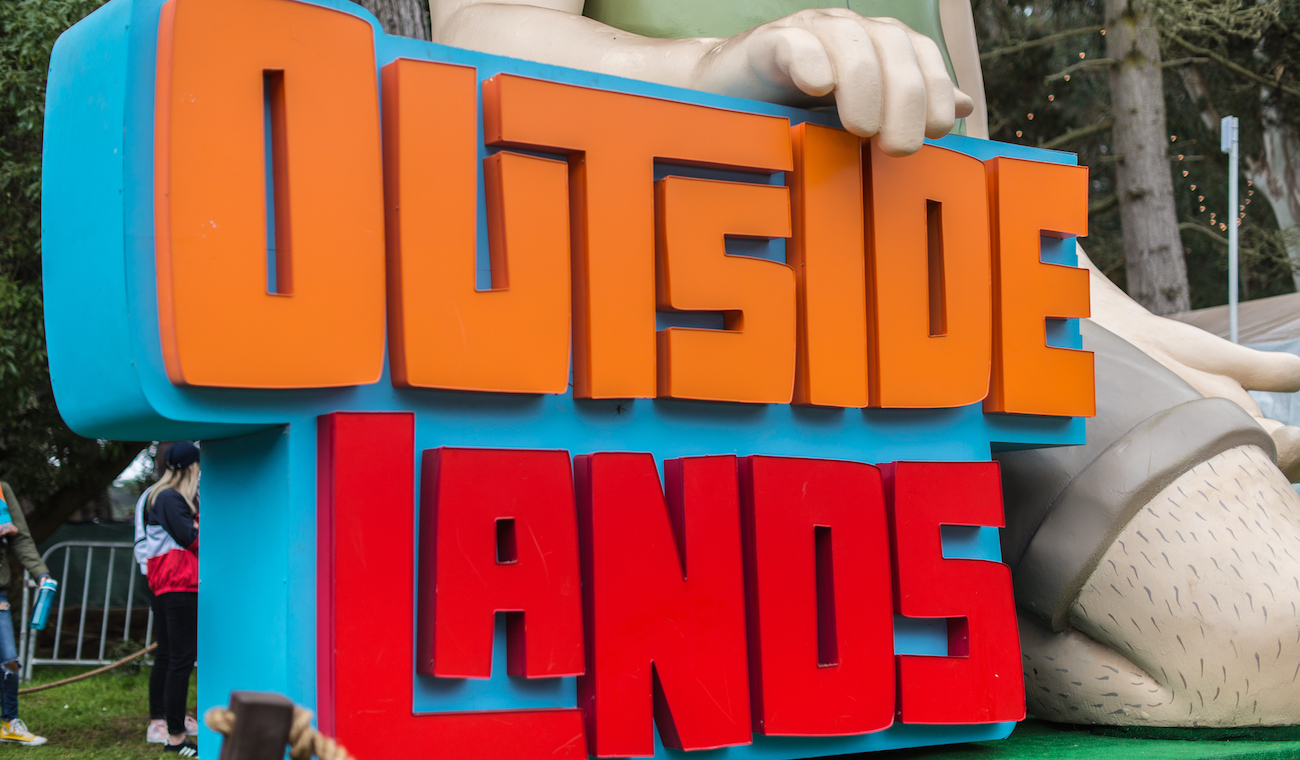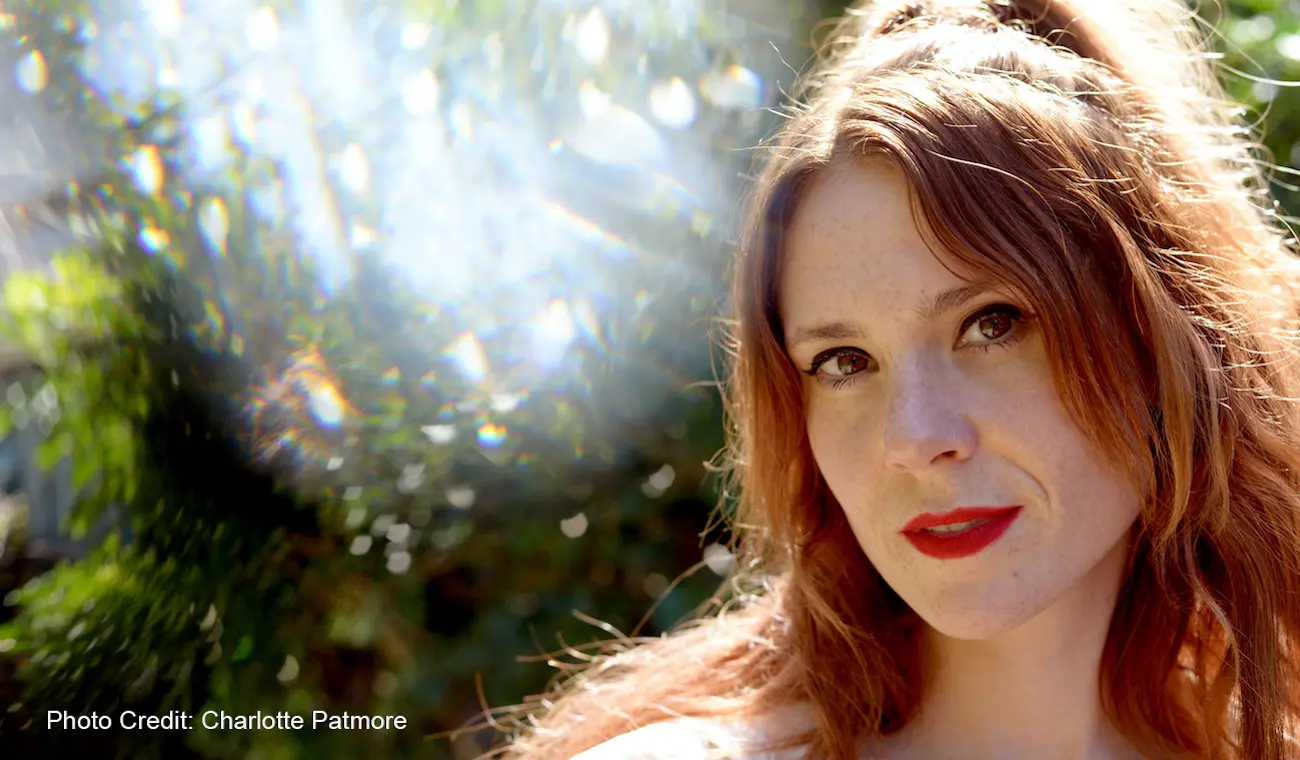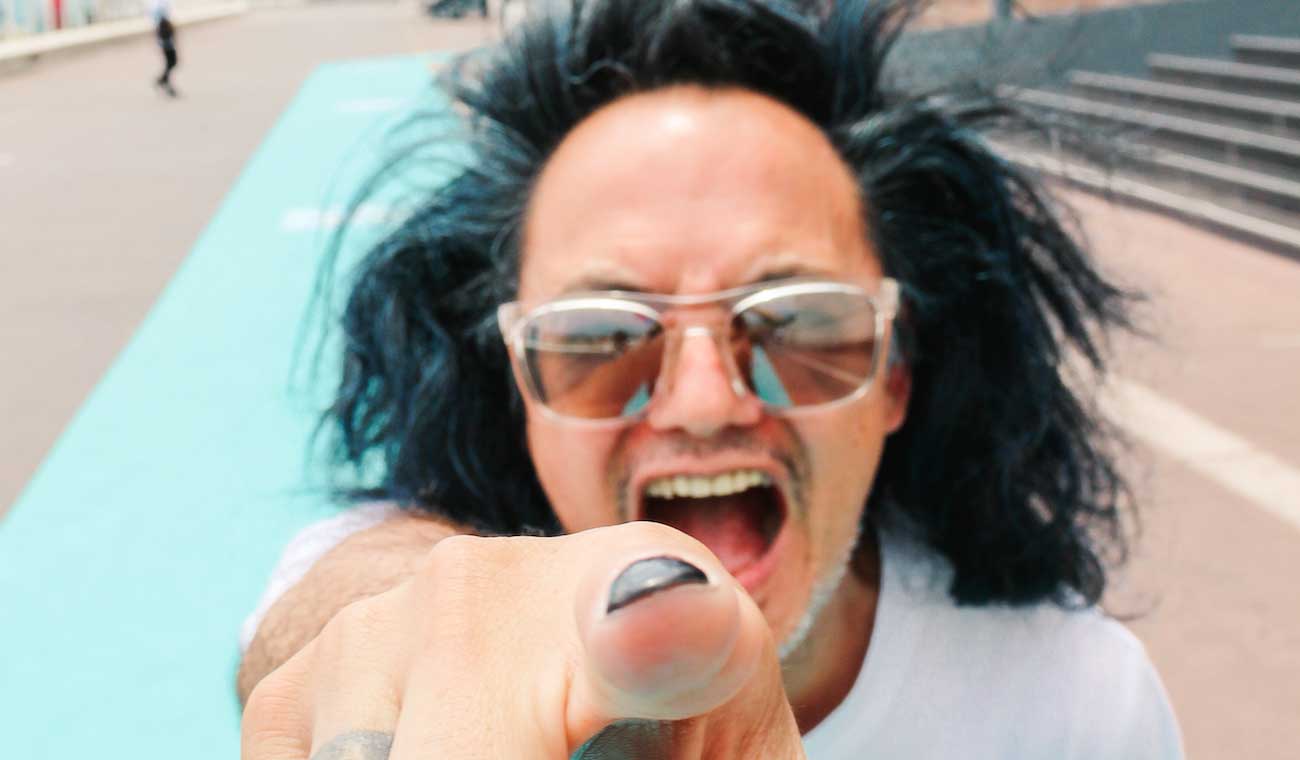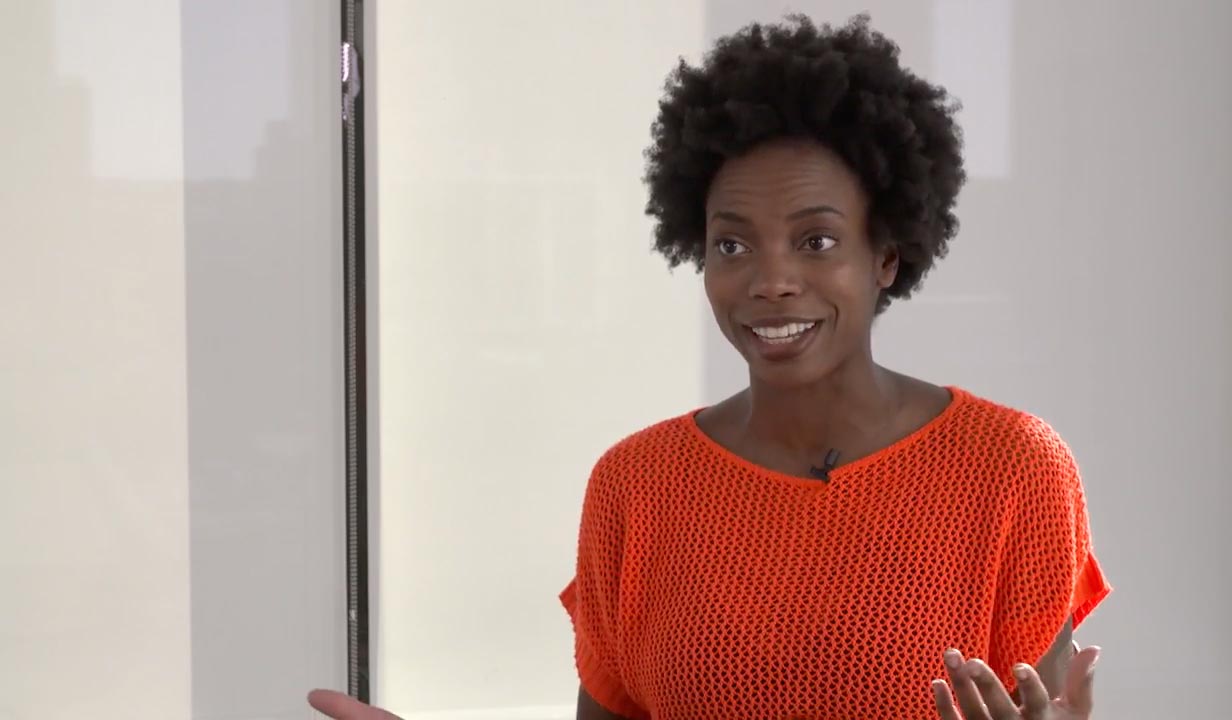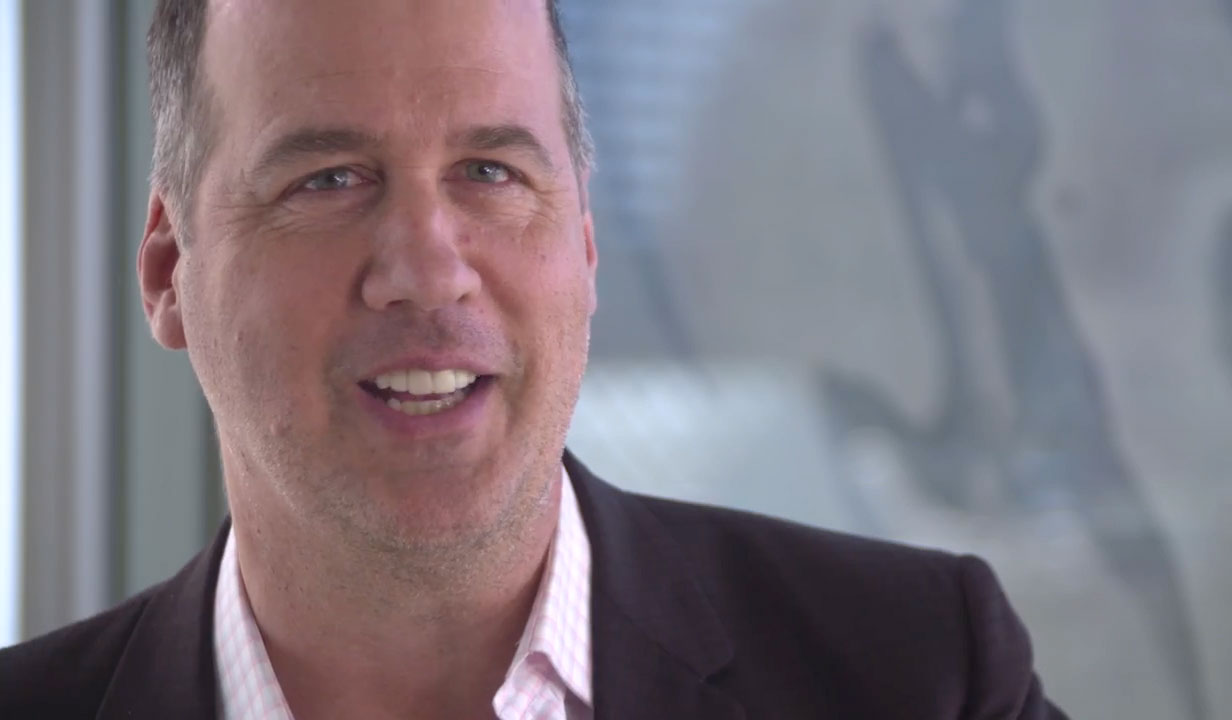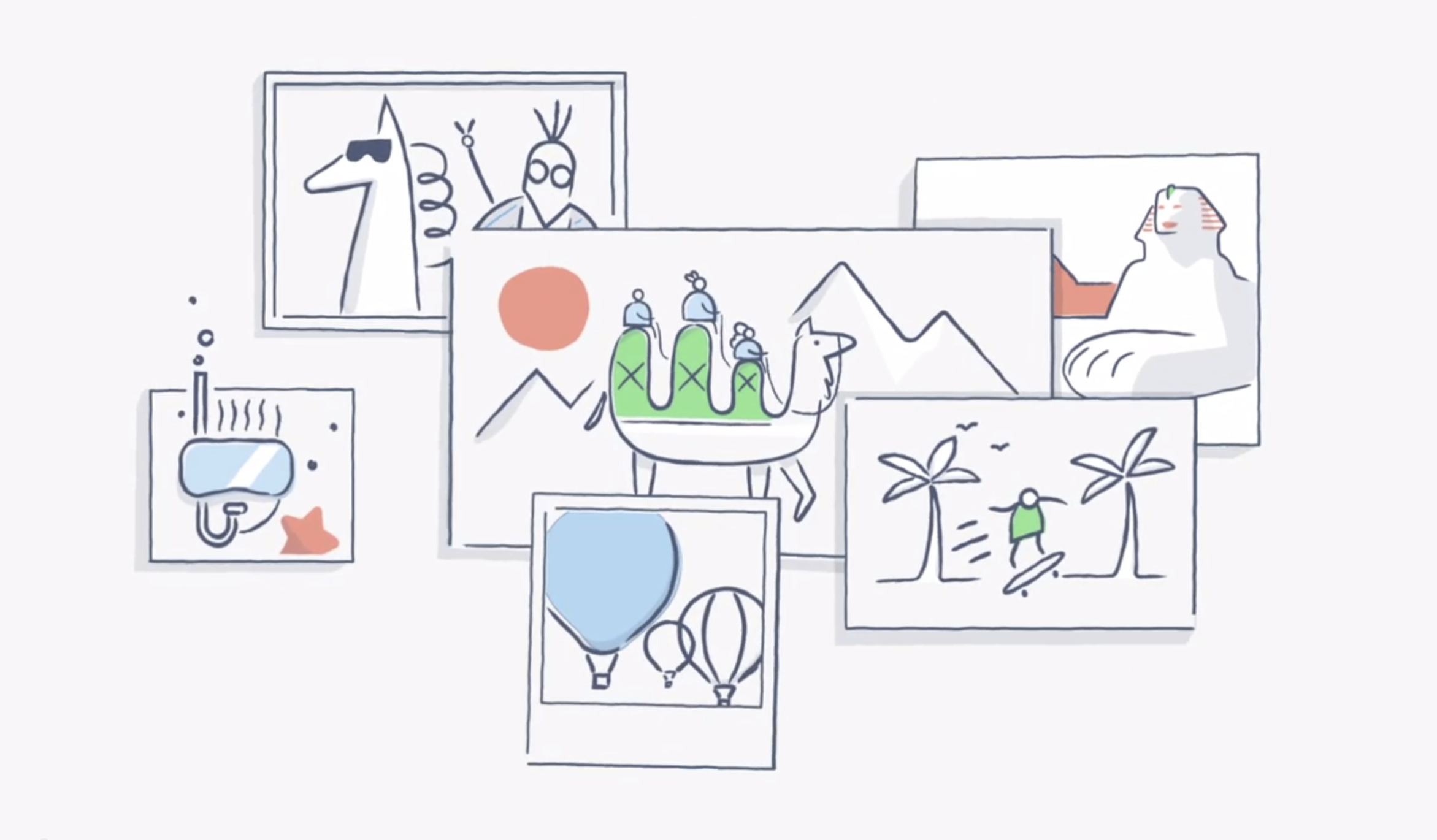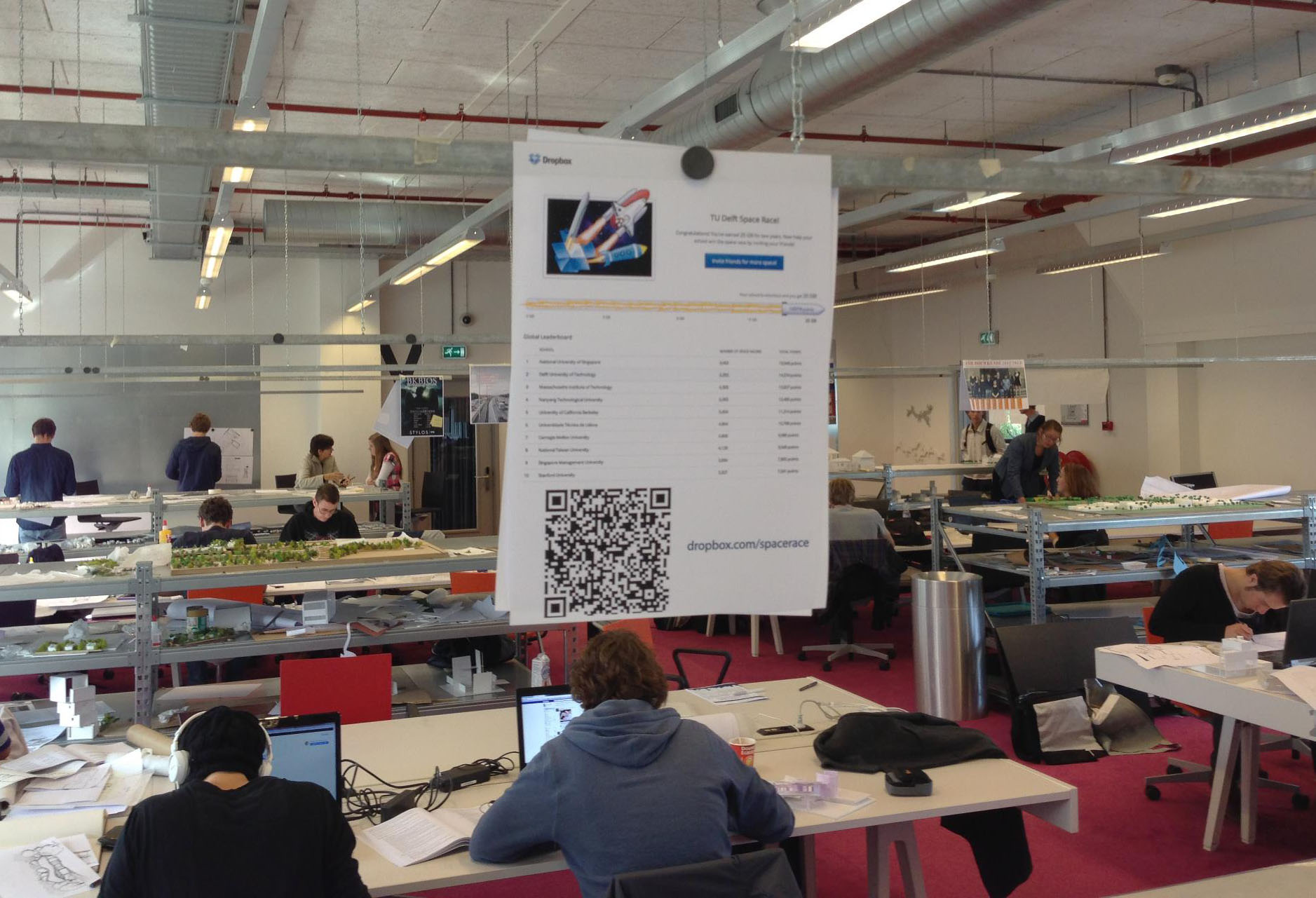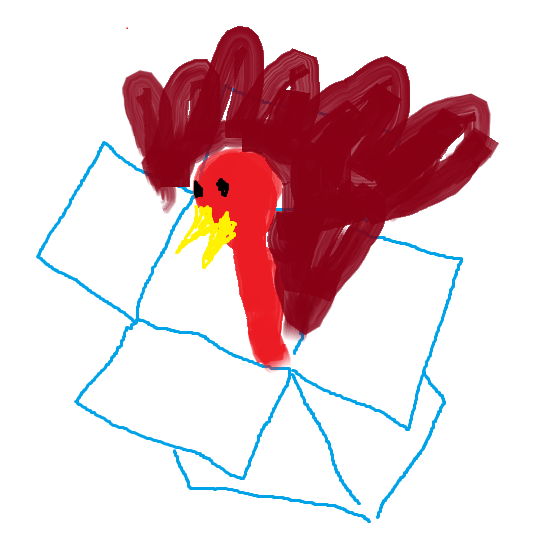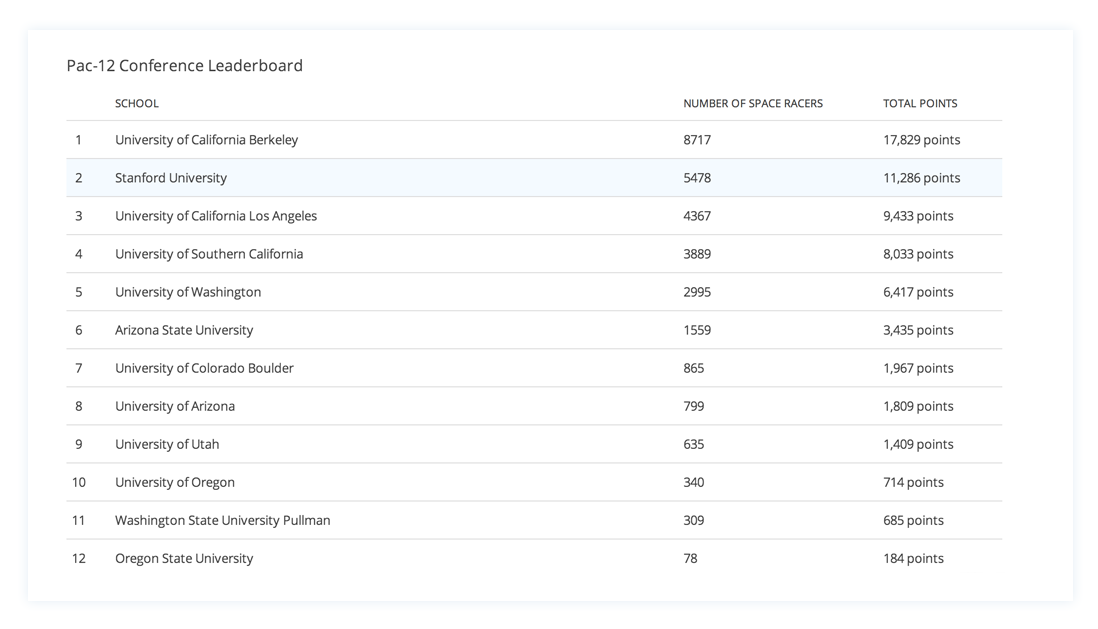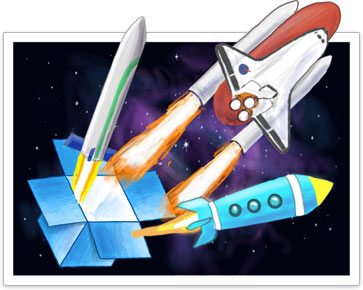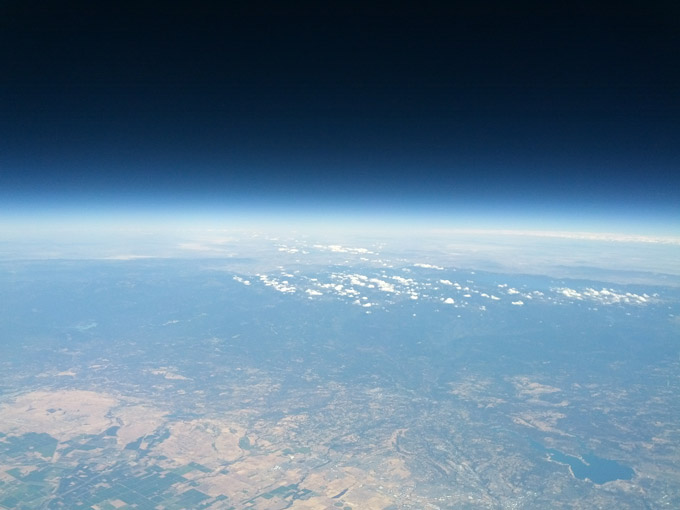
Photo by Luisa Conlon and Max Knight
How Danger Mouse and the Lux Prima team created a multisensory way to experience music
Published on May 23, 2019
Go to any streaming music service and you’ll find dozens of playlists designed to help you get through your work, or your workout, or your commute.
People are listening to more music than ever, but for a lot of us, it’s just mood food, a soundtrack for something else you need to do.
When did music move to the background of our lives? As noise-cancelling headphones get better, loudmouths at concerts get worse. Festivals bring us together, but is music the main attraction? It’s hard to shake the feeling that listening is a lonelier experience in 2019.
If you’re a musician, how do you react? If you’re Karen O and Danger Mouse you take it as inspiration for a bold new project: An Encounter with Lux Prima.
“There's so much new music coming out constantly… maybe this shared experience can stand out and create a memory of an album that we often stop having as we listen to new music when we get older.”—Danger Mouse
Inventing a more immersive experience
As Karen O told us in part one, when she and Danger Mouse were working on their new album, Lux Prima, they realized the music called for “an extraordinary presentation.”
“Although there are lots of instruments on most songs, the way it all is presented sonically doesn't really conjure up the visual of someone playing an instrument,” says Danger Mouse. “It’s all layered in a way for a more cohesive visual effect. I think that helps the listener think of themselves and what the music makes them see personally.”

“It's difficult to reproduce all of the sonic intricacies of this kind of album,” Danger Mouse explains. “We spent so much time getting it to sound exactly like it does. So really, a live performance would be very different.”
So rather than planning a regular concert tour, they decided to get together with a group of collaborators to brainstorm concepts for a different kind of live musical experience.

“Although we worked with a creative team split between LA, Bay Area and the UK, using Dropbox and Dropbox Paper made sharing all our creative assets very easy.”—Mungo Maclagan
“The project started with a very organic and non-linear collective idea session at Karen’s house,” says producer Mungo Maclagan. “Some of our key collaborators listened to the album in its entirety and shared imagery that it evoked.”
At first, the group wasn’t sure what form that the experience would take. They agreed that the music would take center stage, and be complemented with abstract imagery and sensations. But the budget and location hadn’t been decided yet, so they were working without constraints. And as liberating as that sounds, it also turned out to be their biggest challenge.
Co-creating from 3 locations
“We had to constantly revise design, approach, and schedule based on constantly shifting realities,” says Maclagan. “Although we worked with a creative team split between LA, Bay Area and the UK, using Dropbox and Dropbox Paper made sharing all our creative assets very easy.”
By the time the group gathered for a second meeting at Danger Mouse’s house, they’d gravitated towards an immersive experiential installation with a large, monolithic rock as its centerpiece.
“We eventually sourced [the monolith] in Fresno through a stone sculptor in Joshua Tree,” says Maclagan. “Since at that point, we already had team members in various different parts of California, we used Dropbox and FaceTime to share ideas, and progress on sourcing the rock.”

As the team developed technical designs, the project continued to evolve. But Maclagan says the real turning point was when they secured The Marciano Arts Foundation as the venue, so they could design to a specific space.
Building a “shadow rock”
Once the location and dates were established, the concepts began to crystalize. But there were still some challenges that had to be overcome. “Our initial design was more complex, more immersive, and inevitably too expensive,” says Maclagan. “There were also many technical conversations surrounding whether or not we’d be able to use the real rock.”
Weighing over 22,000 pounds, the actual monolith proved to be too difficult to move and install—especially given the constraints of the historical Marciano building. So the team decided to create a “shadow rock,” a one-to-one replica that was derived from a 3D scan of the original monolith.
The team decided to create a “shadow rock,” a one-to-one replica that was derived from a 3D scan of the original monolith.

“All along, we had envisioned something elemental, physical, tangible and very real at the centre of all of the technology we used to deliver the experience,” says Maclagan. “However, ultimately these changes led us to create an installation that could be experienced by a larger audience, and has a better chance of touring than had we used the real rock.”
To find collaborators for the project, Maclagan says the team first looked for people with exemplary skills in their field, whose work transcended category.
“With over 45 collaborators and crew, it was essential to have all info in one easily accessible place."—Mungo Maclagan

“Karen, Danger Mouse and Barnaby Clay (our creative director) personally knew or met each person where possible, and had calls to explore their personalities, since this too was important, knowing that we’d be working together for a long time on a challenging project,” says Maclagan. “Our team had an easy rapport, made easier by the trust enacted thanks to their incredible portfolios.”
Maclagan says creating a Dropbox folder to house all creative and production assets was one of the first things he did for the project.
“With over 45 collaborators and crew, it was essential to have all info in one easily accessible place,” says Maclagan. “Early on, we also used Dropbox Paper to create a detailed Run Of Show document, including notes for various departments, which were made as comments during the many group calls and video chats we had.”
Throughout the project, various creatives, vendors and technicians shared their own Dropbox files and folders with the team, which made it necessary to archive everything in one place. Near the end of pre-production, they also used Dropbox to house all of the animatics, pre-visualizations, and raw footage used in the projection mapping. Using Dropbox Smart Sync, they were able to store the bigger files online only.
“Even whilst wrapping up this leg of the experience, the Dropbox project file is still in use as we reference materials for future iterations of this project,” says Maclagan.
Danger Mouse said thanks to lots of trust and delegation, the collaboration felt seamless. “Everyone involved creatively was able to do their own thing and it really lined up well with the overall end result. It’s hard for me to tell where one collaborator started and the other took over.”
Read part one:
Karen O on building an immersive experience for “An Encounter with Lux Prima”



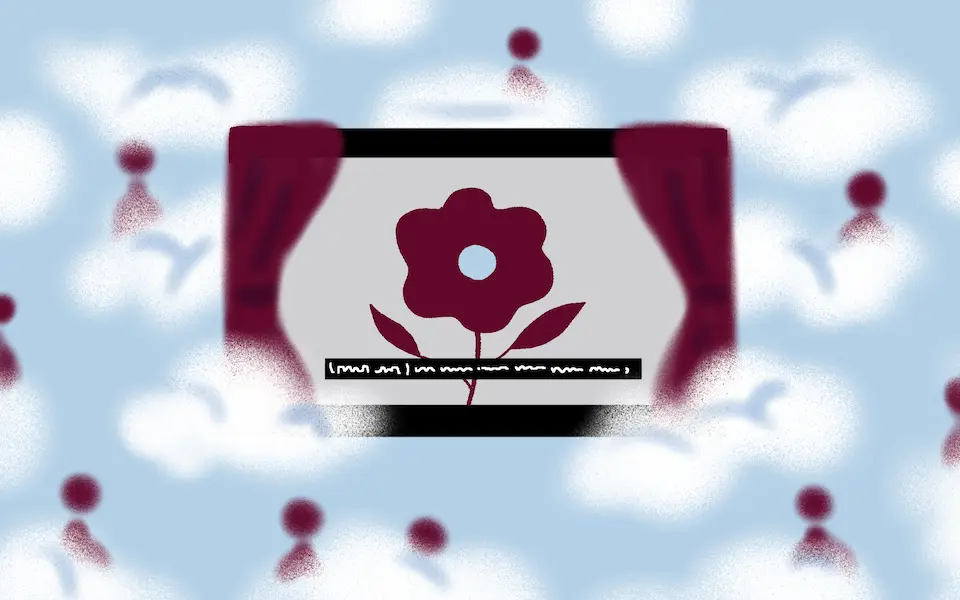
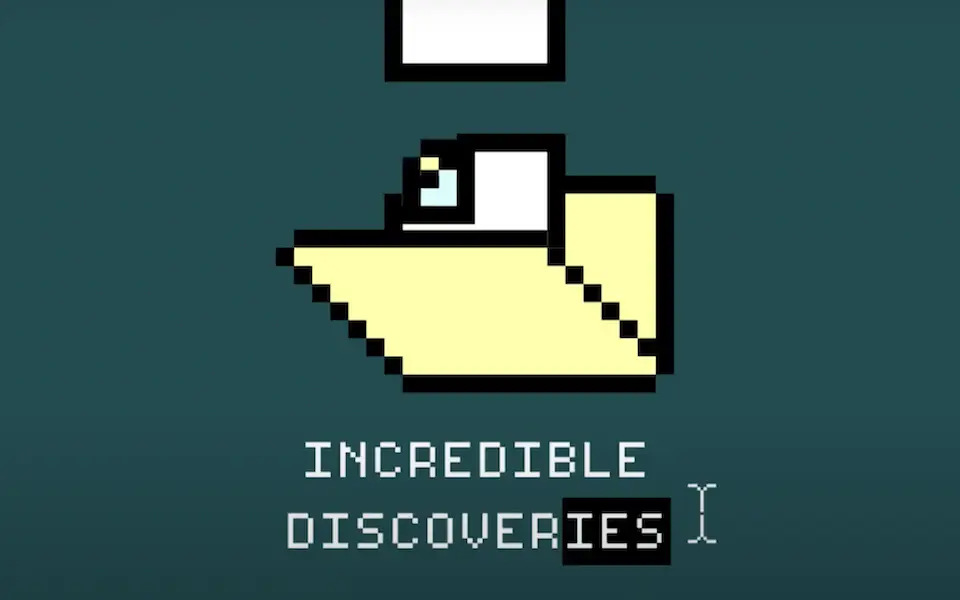
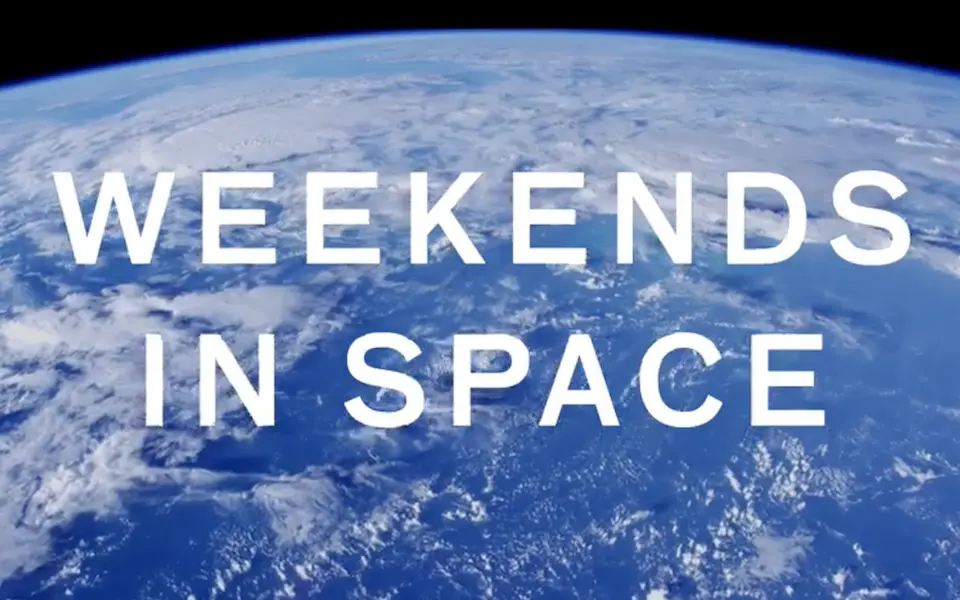
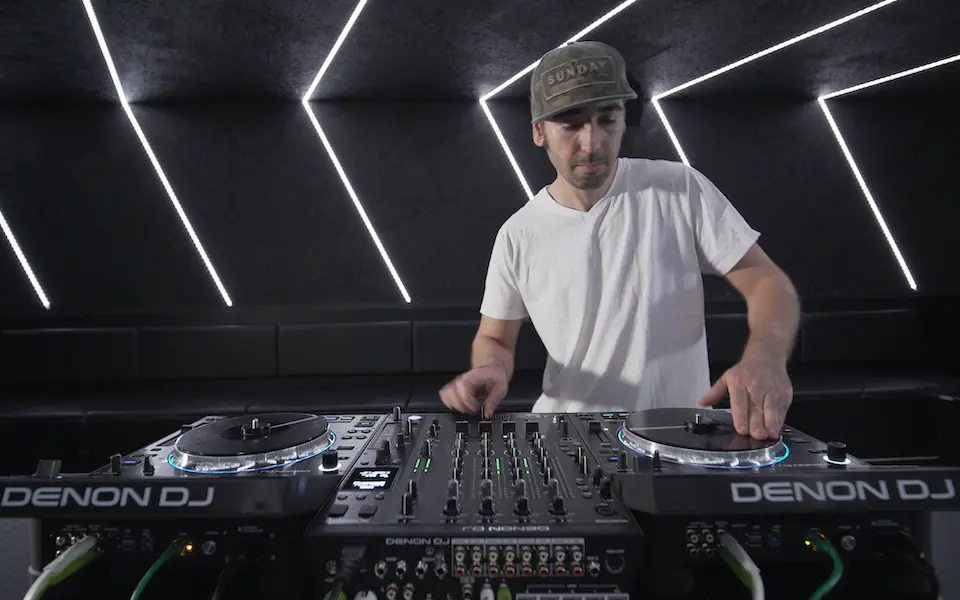
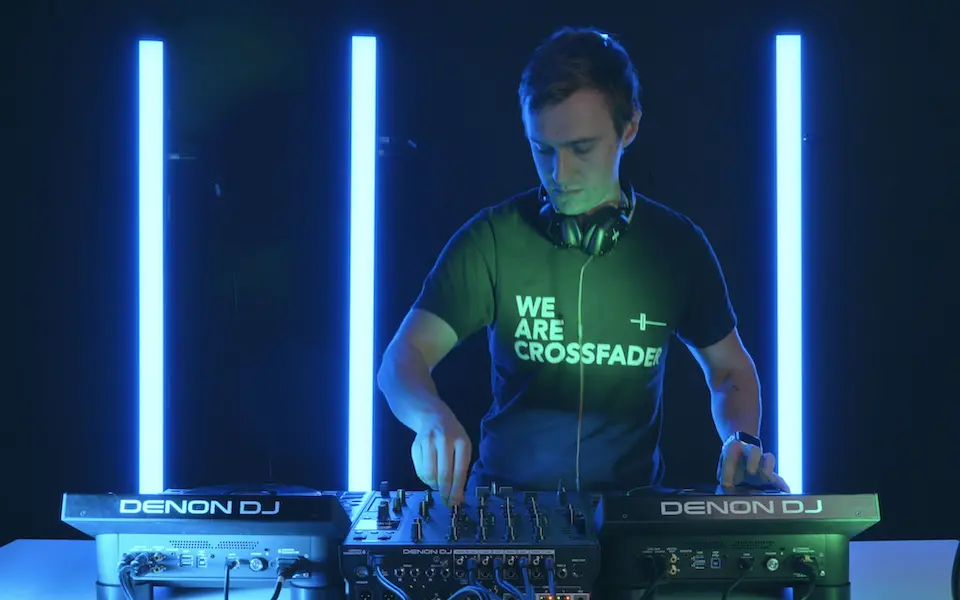



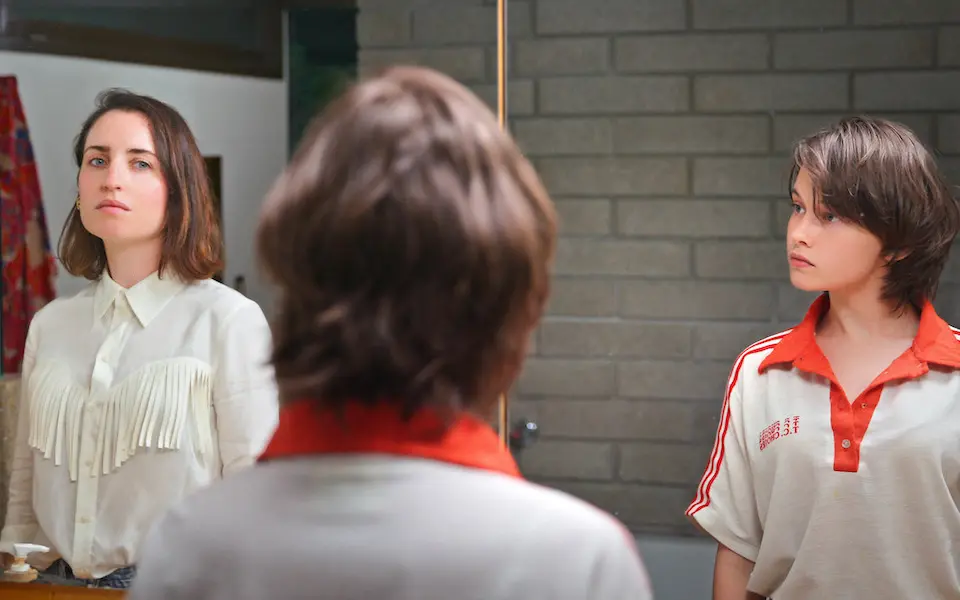
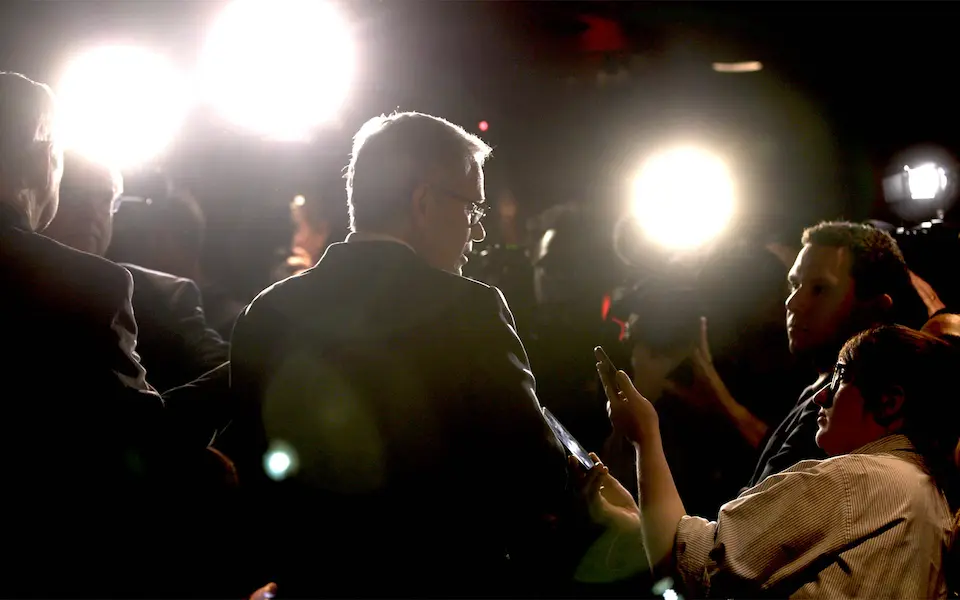
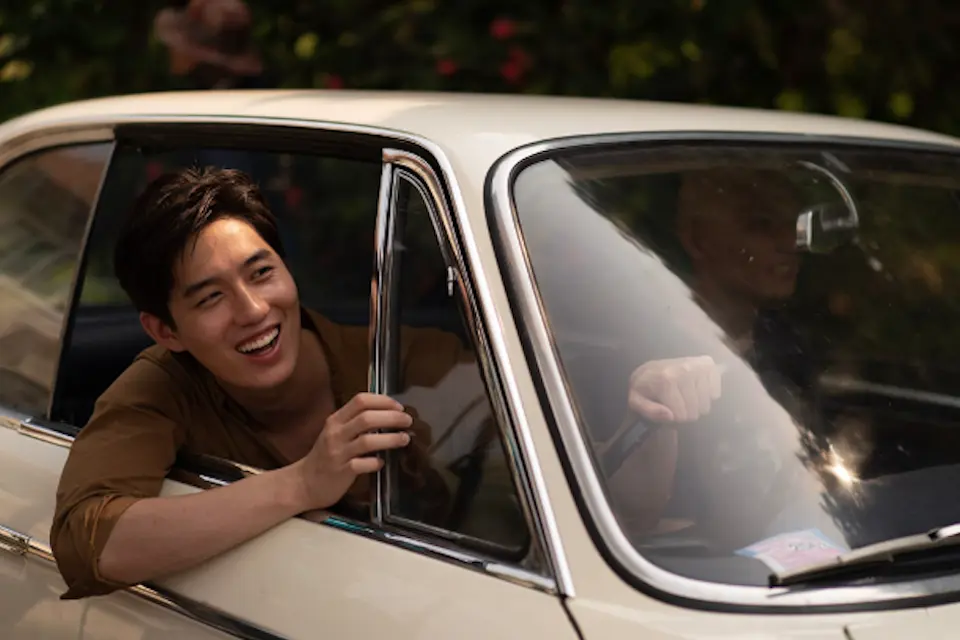

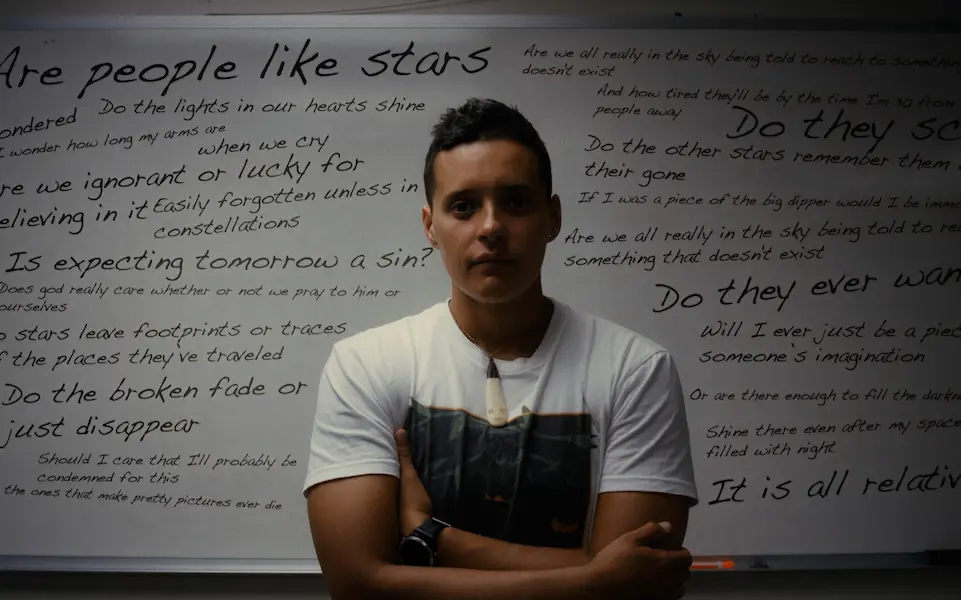
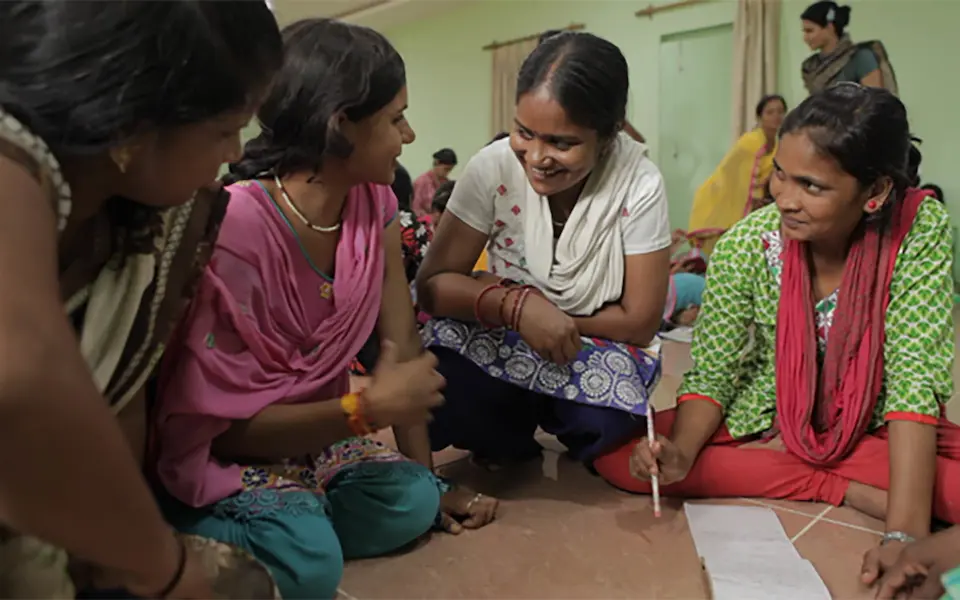
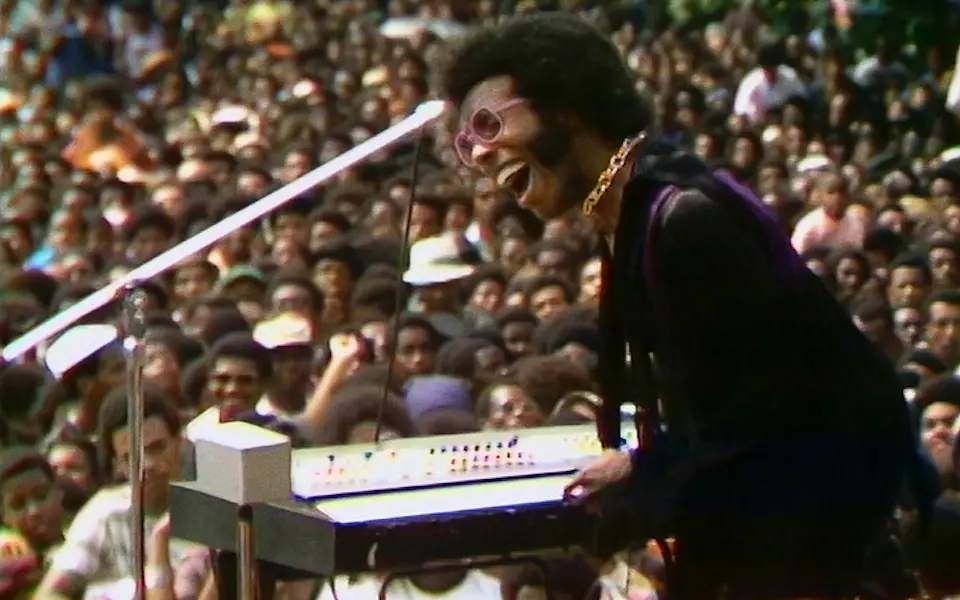
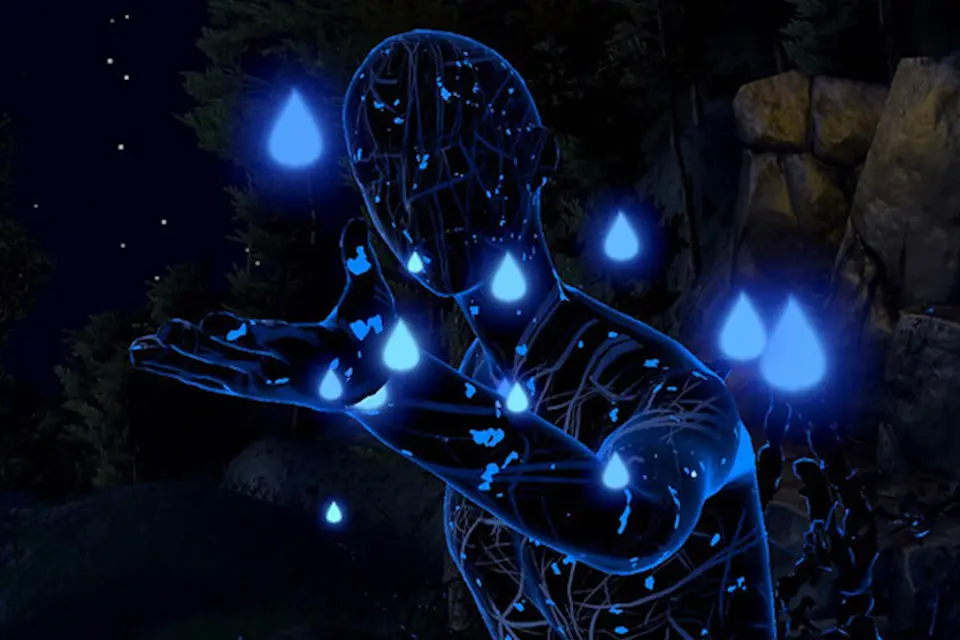
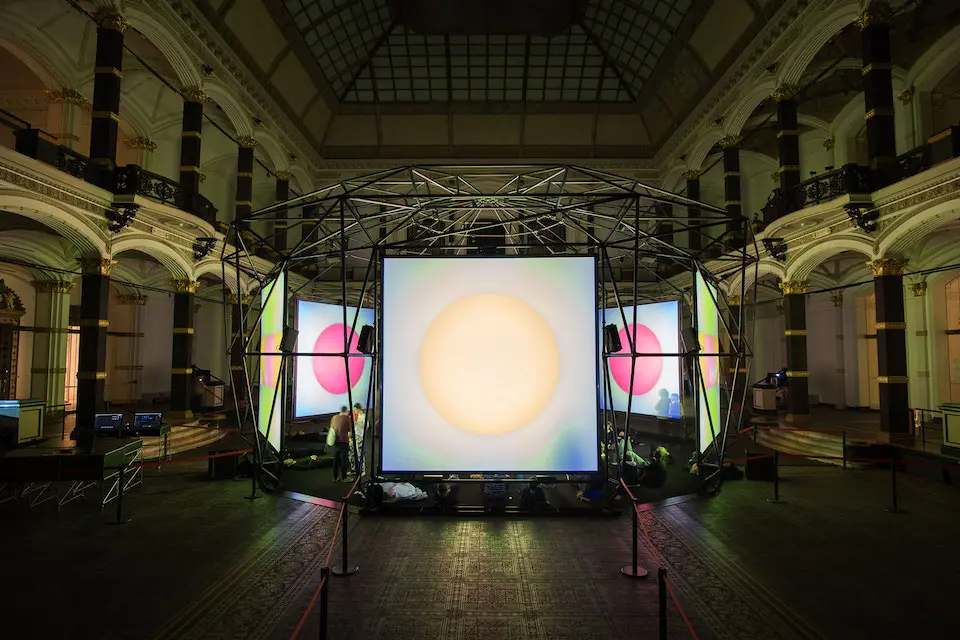




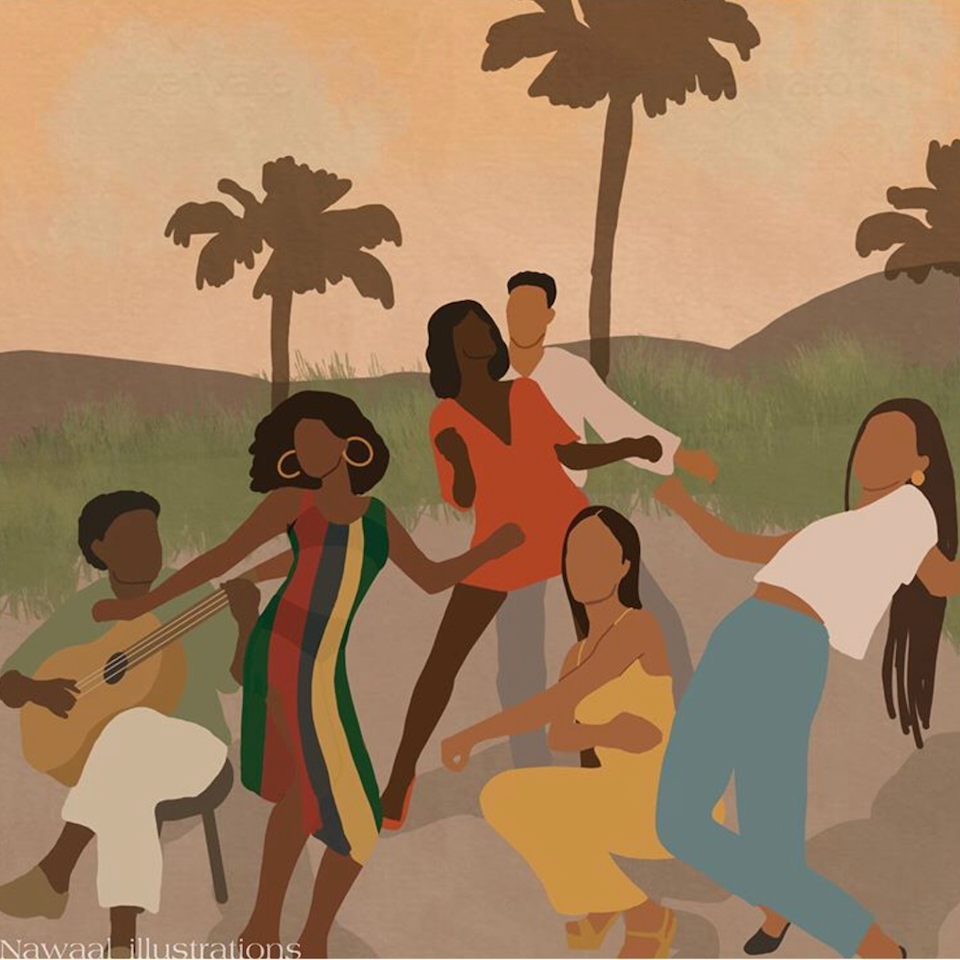


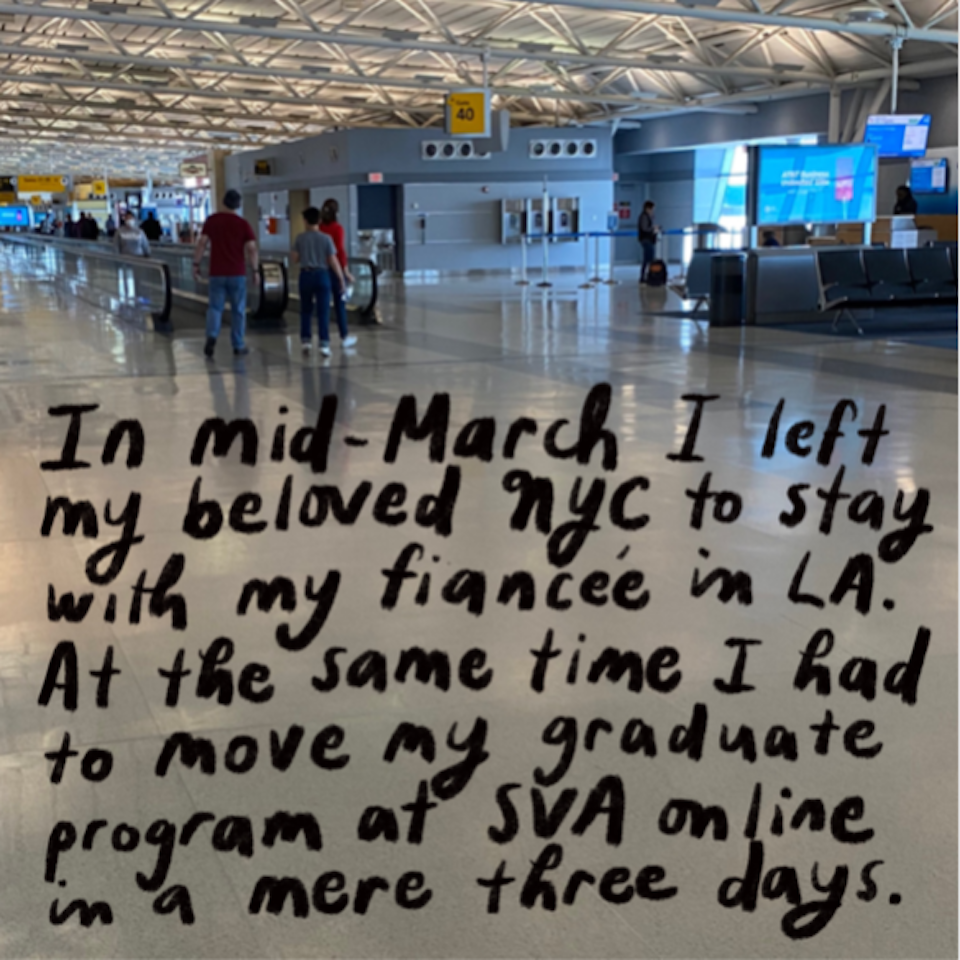
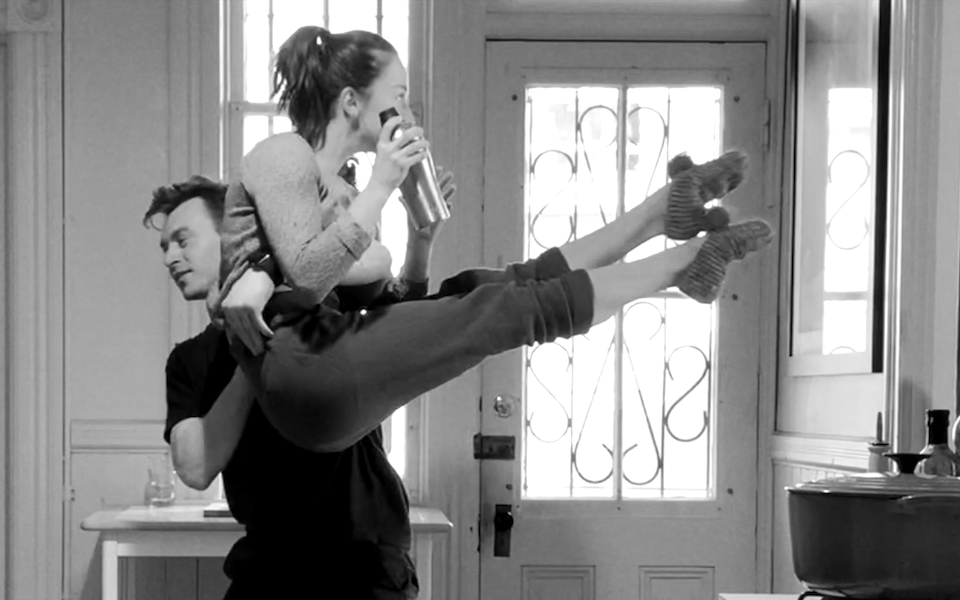
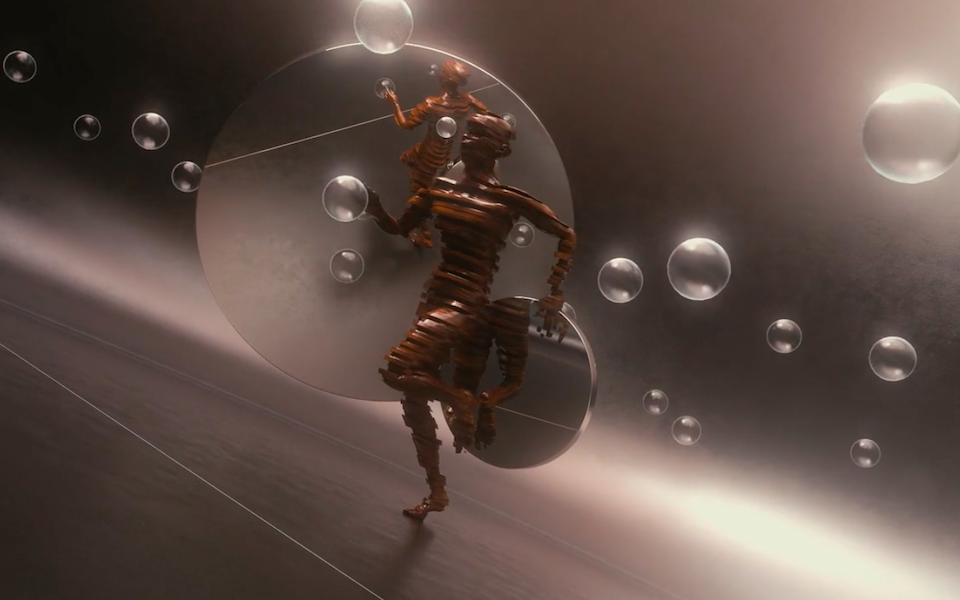
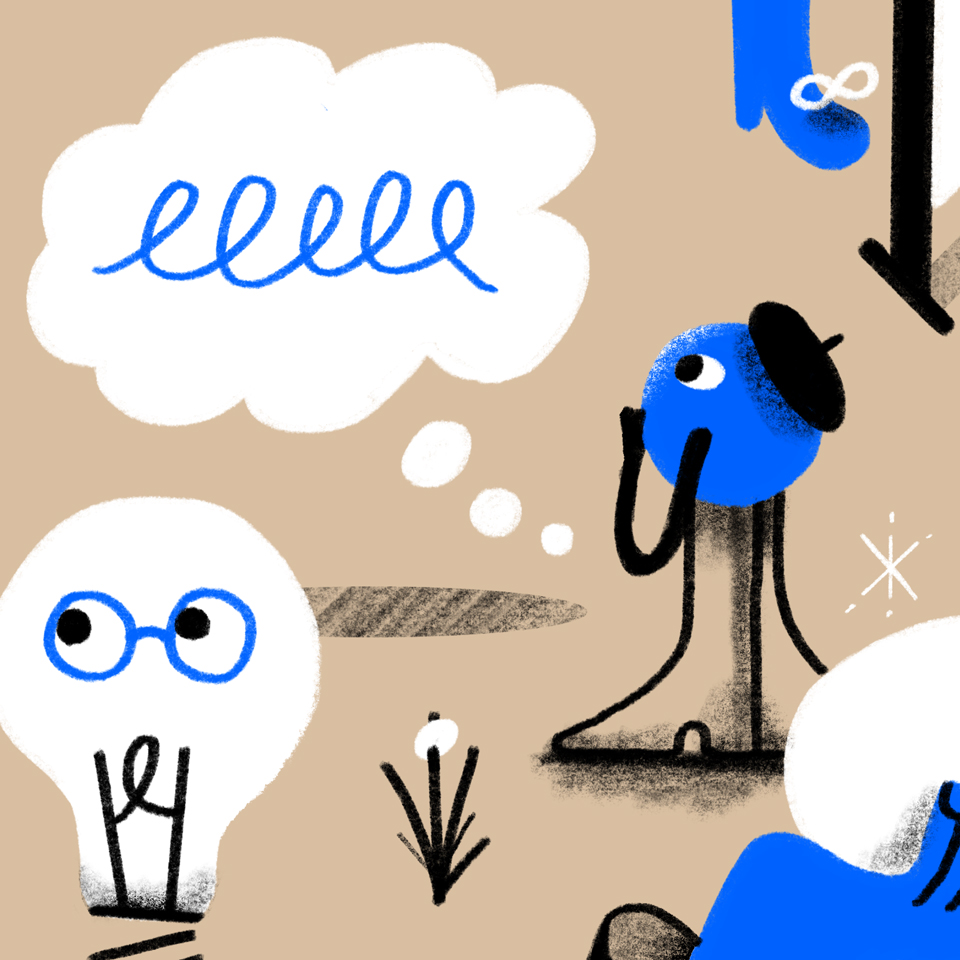



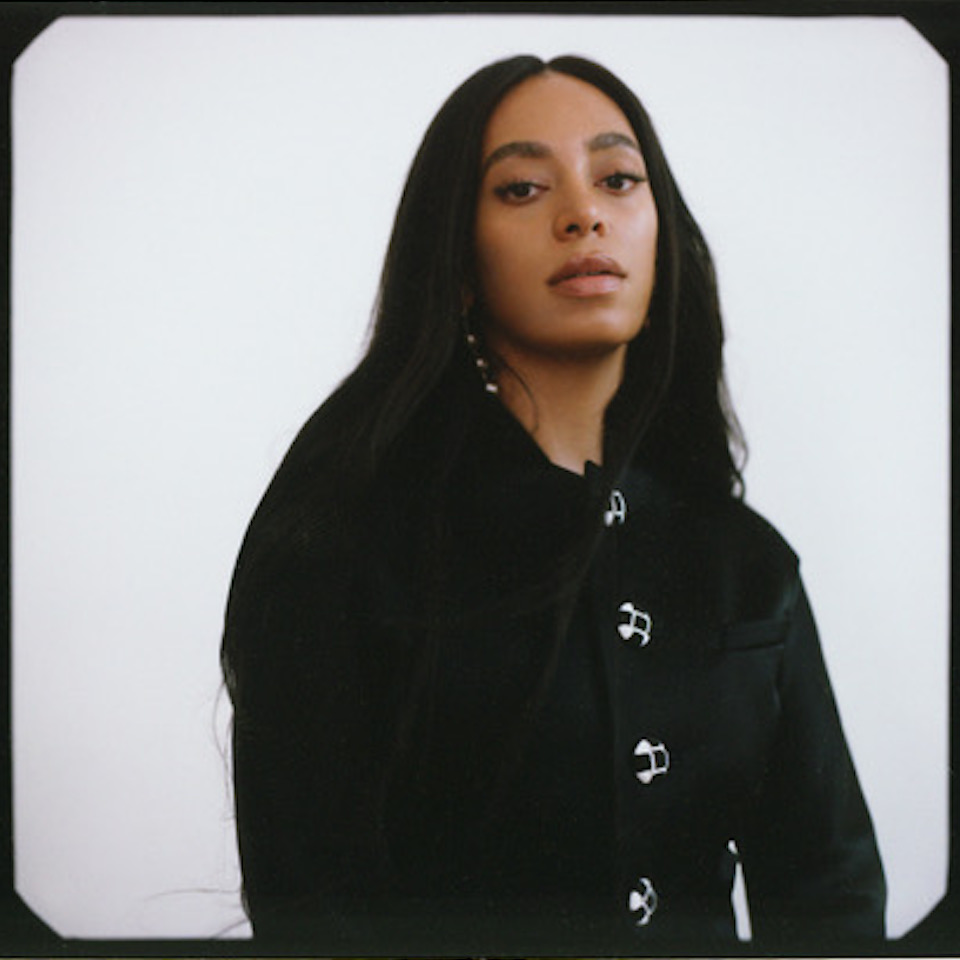

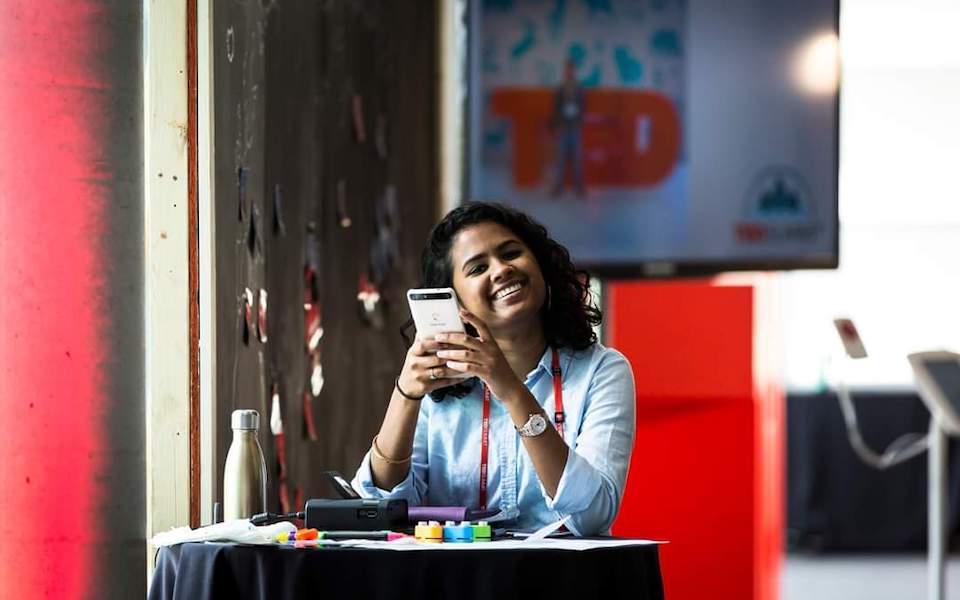



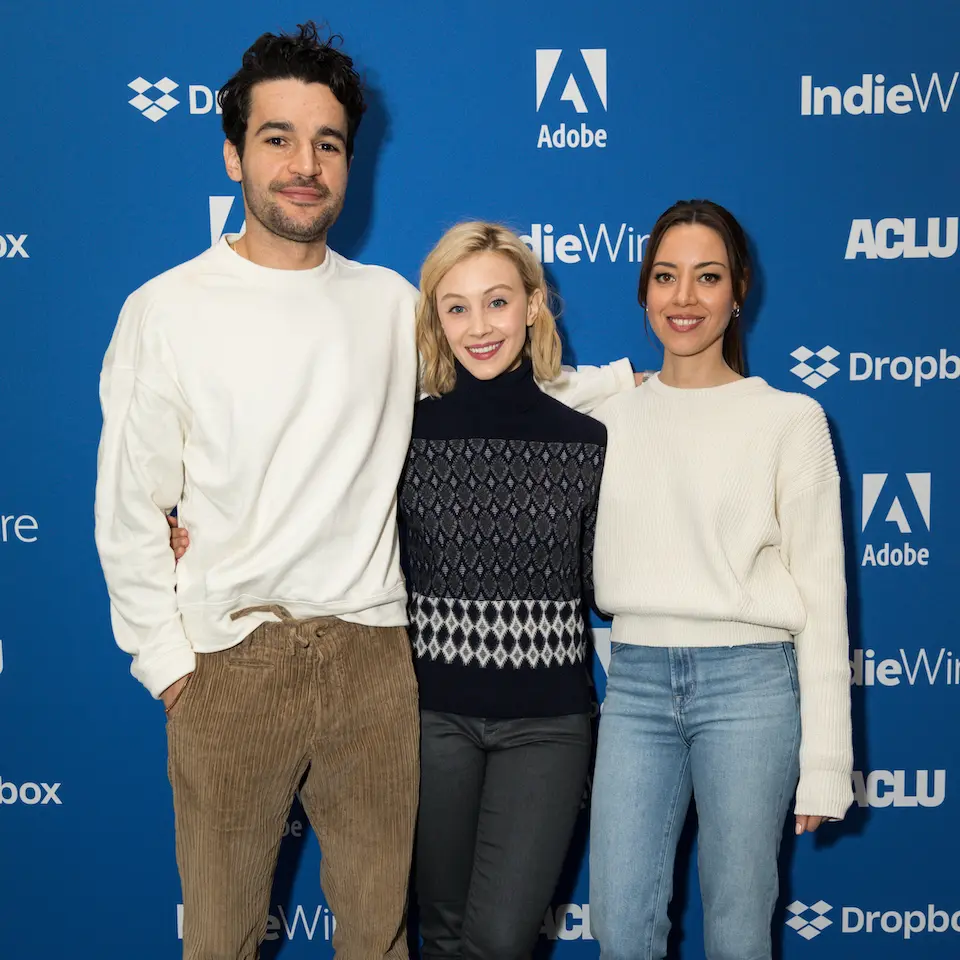



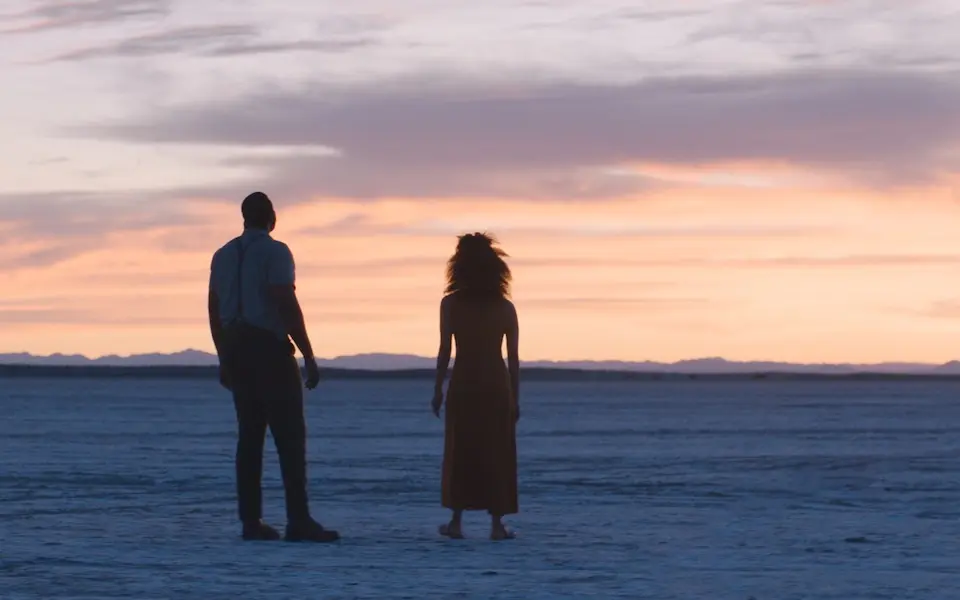
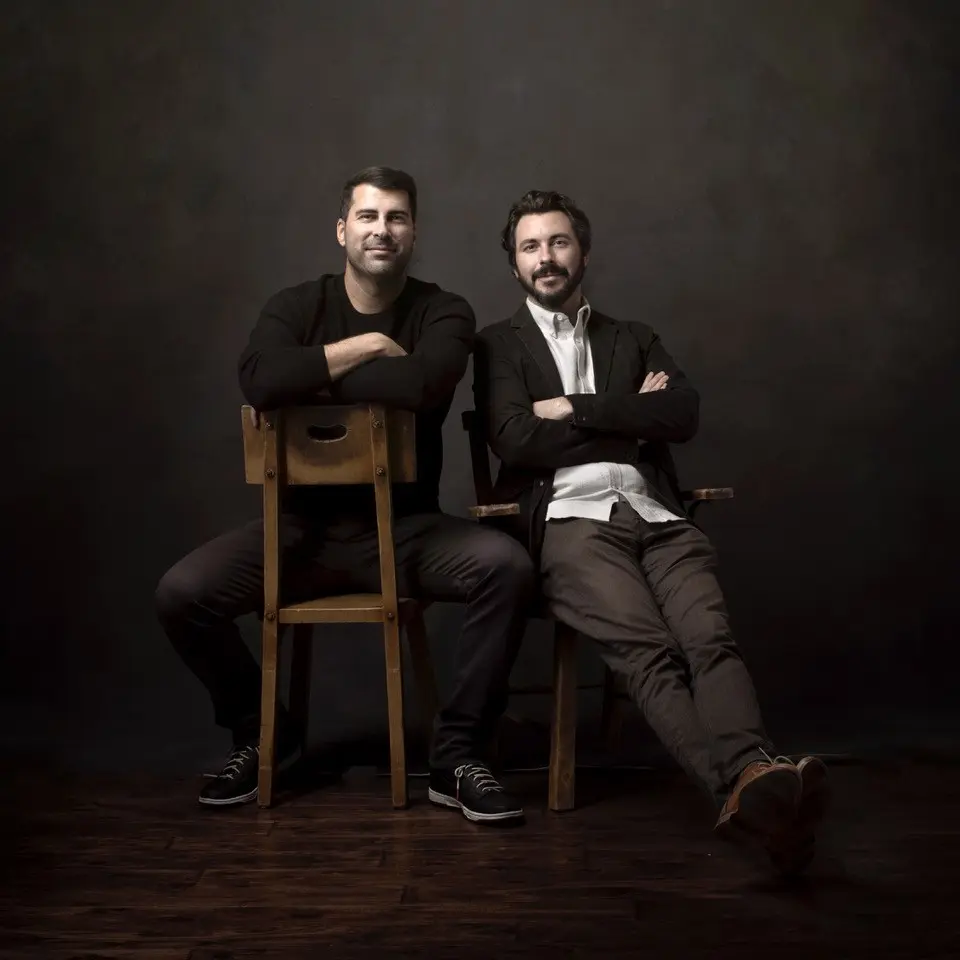


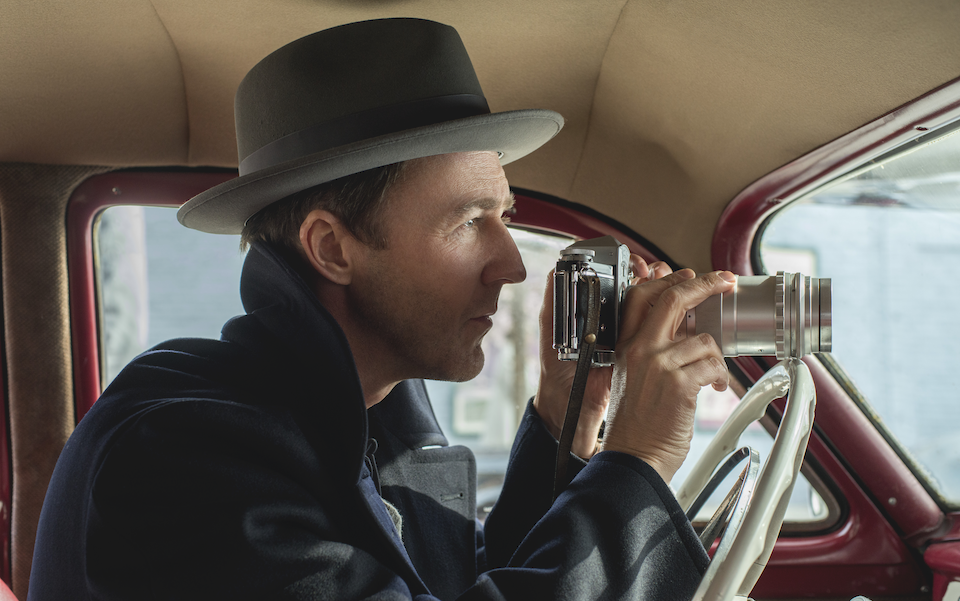
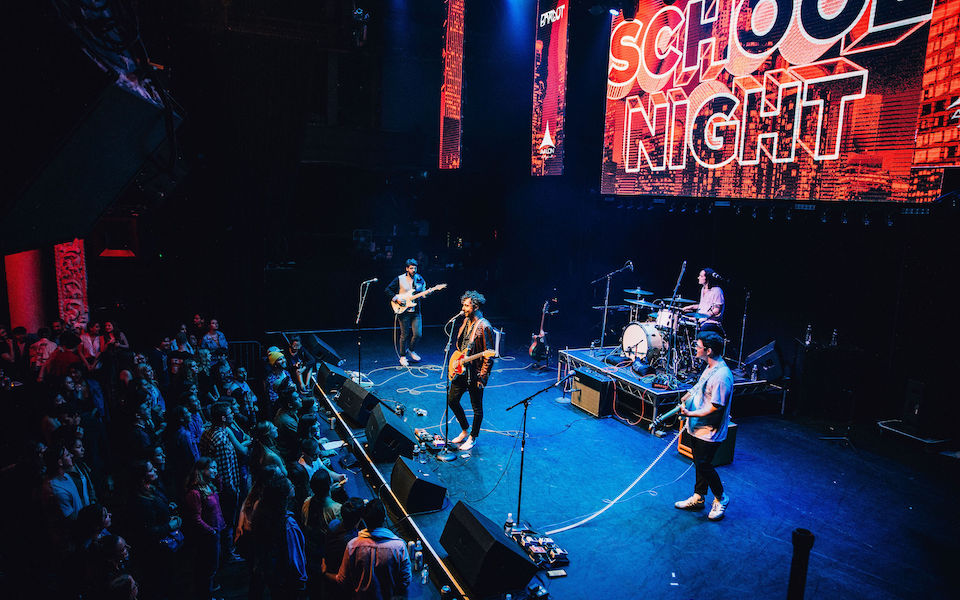
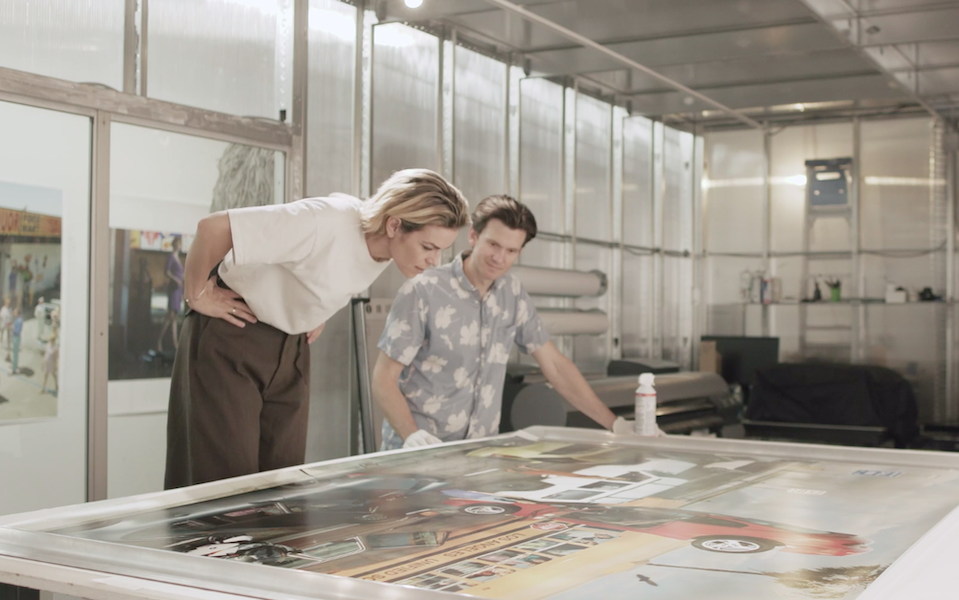









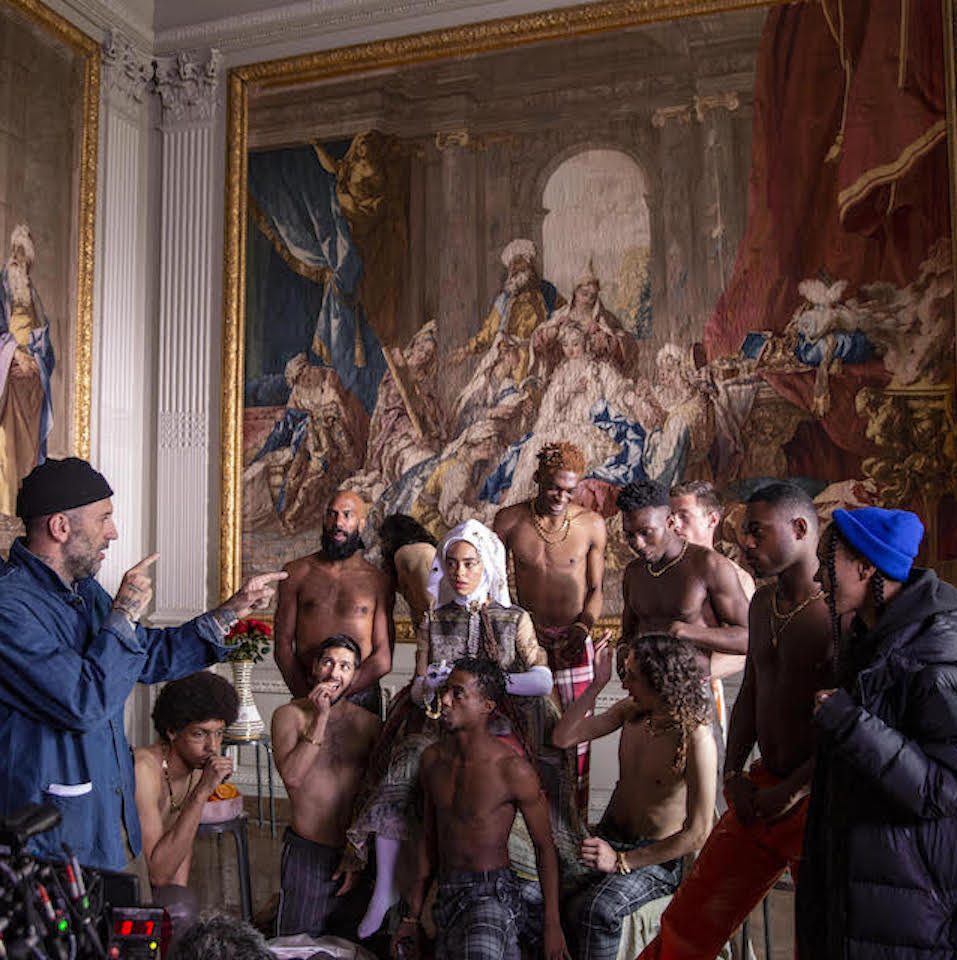

.png/_jcr_content/renditions/Karen%20O%20%2B%20Danger%20Mouse%20(photo%20by%20Eliot%20Lee%20Hazel).webp)





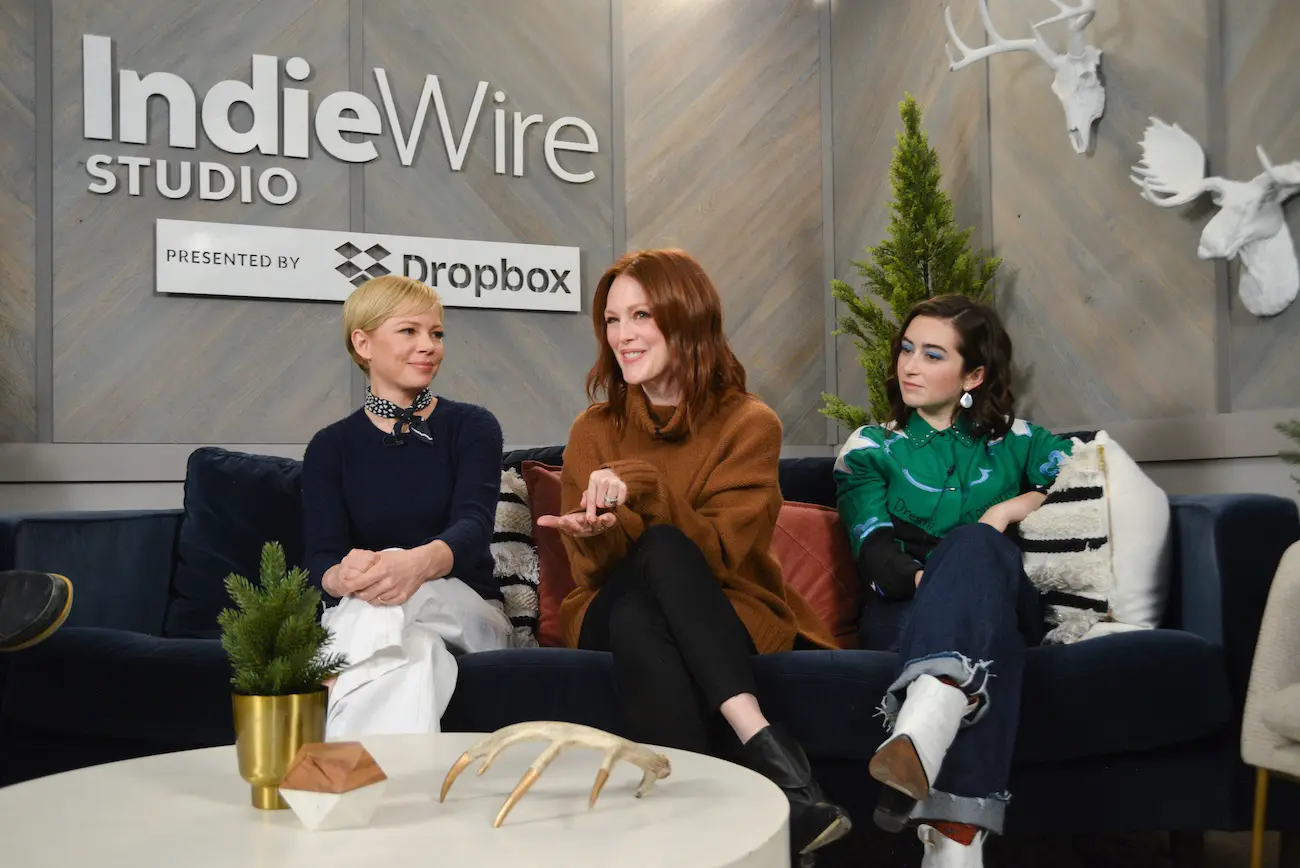


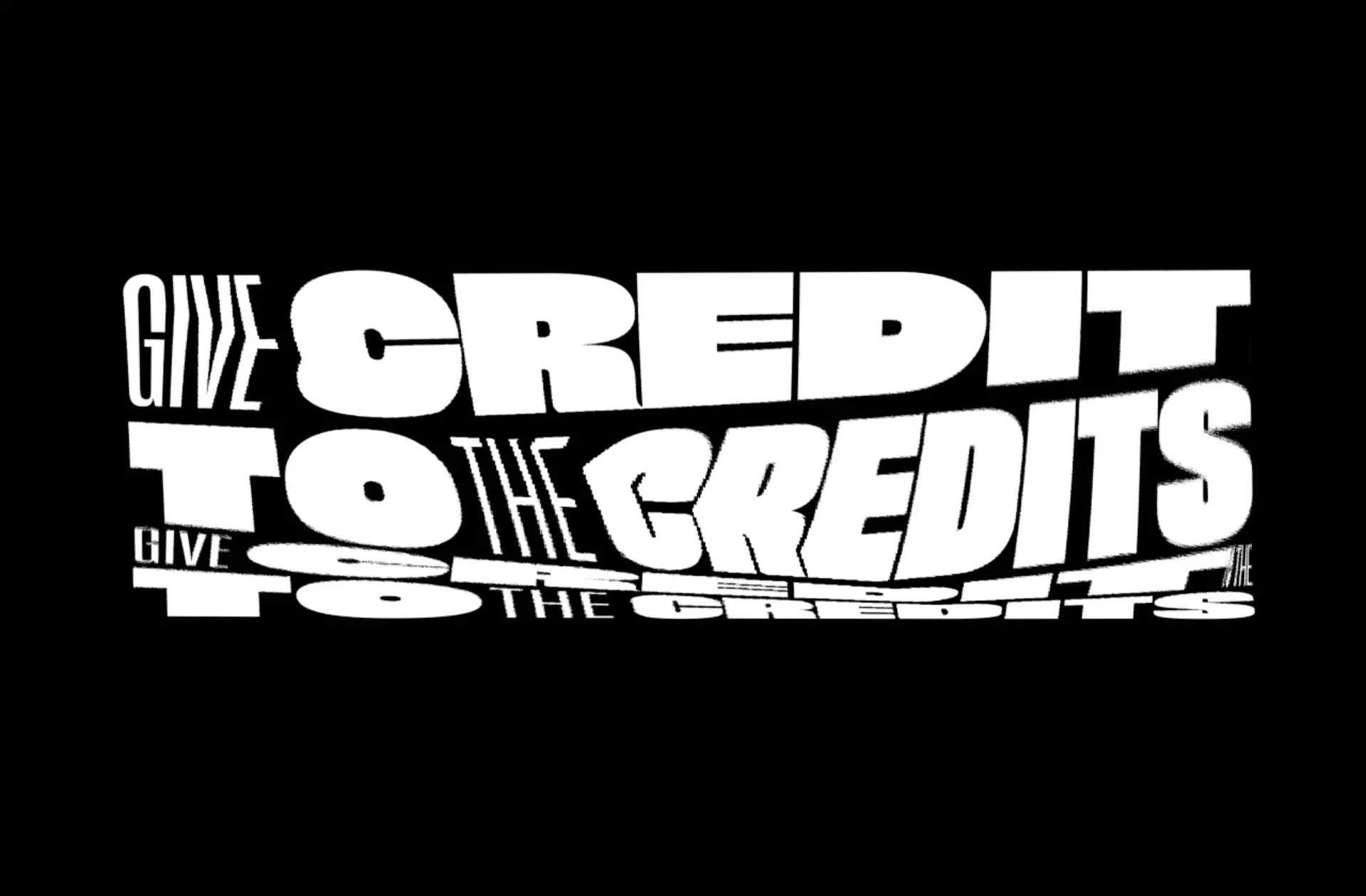
.jpg/_jcr_content/renditions/Extremely%20Wicked%20Shockingly%20Evil%20and%20Vile_Sundance19_Director%20Joe%20Berlinger%20(3).webp)

.jpg/_jcr_content/renditions/Bedlam%2014%20(1).webp)
